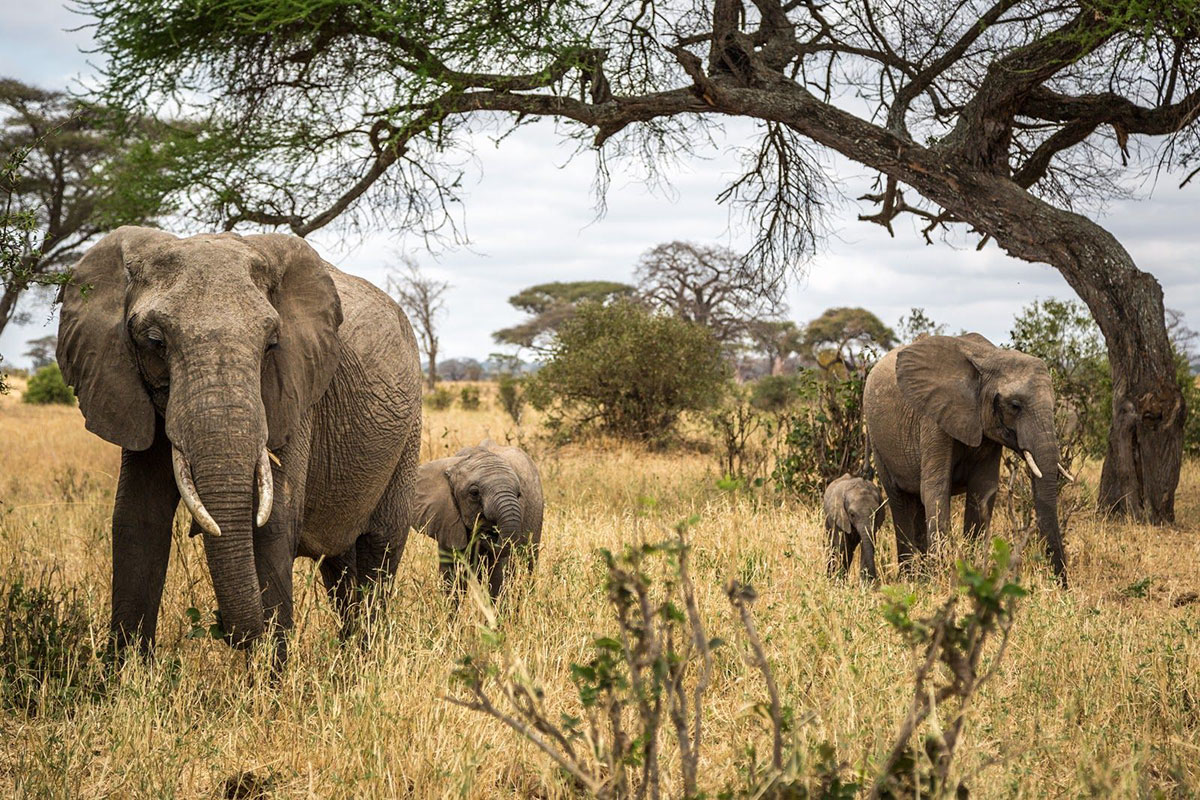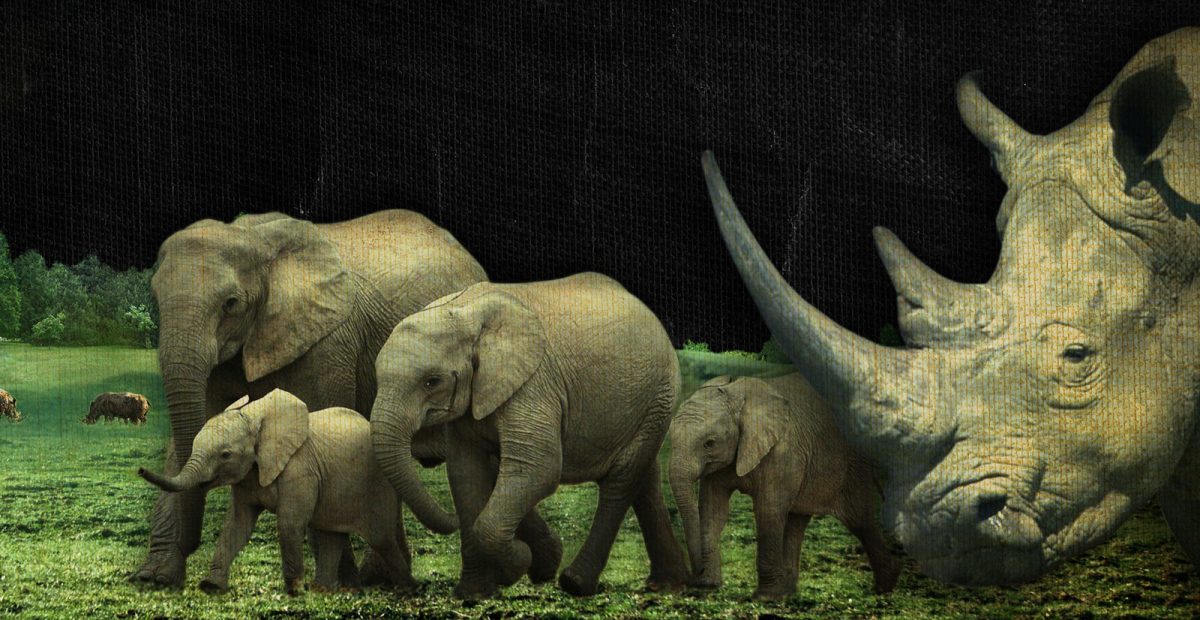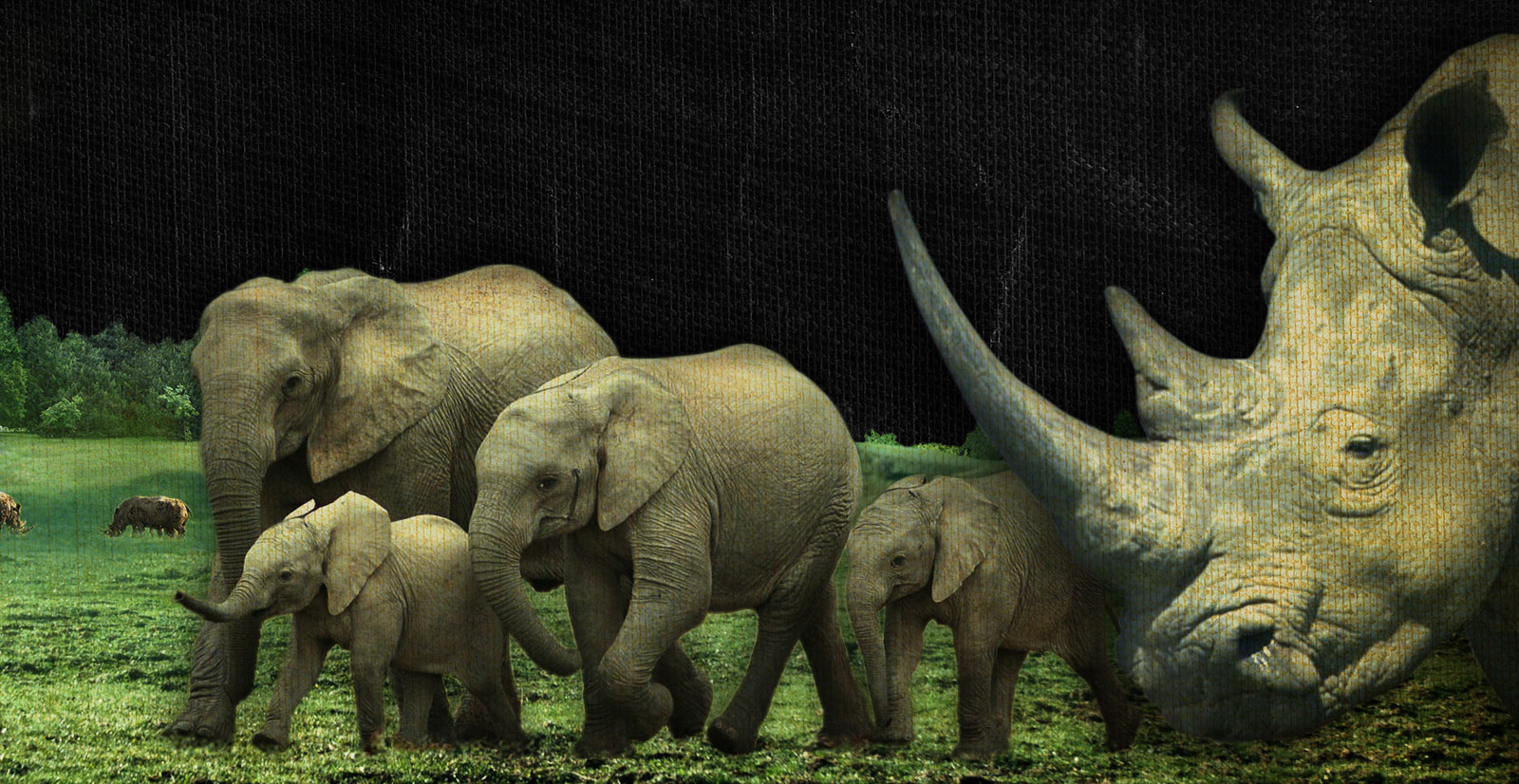
Current Situation
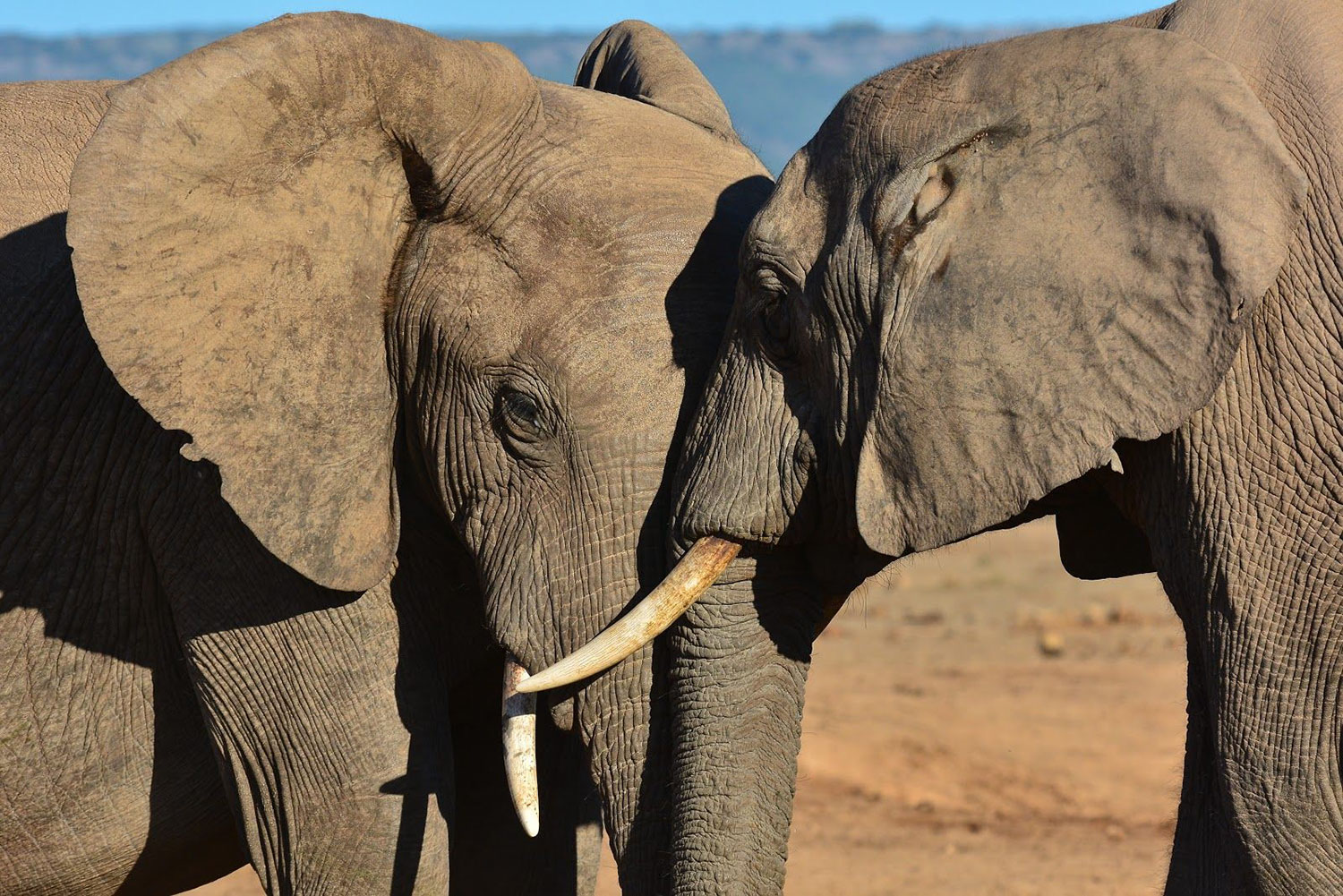
More than one million rhinos roamed the savannahs and jungles of Africa in the early 1800s. Approximately 27 million elephants wandered over the entire continent, from the Mediterranean Sea in the north to the southern tip of South Africa. Tragically, relentless hunting in the 19th and 20th centuries significantly cut the population and distribution of each species. By 1970, the rhino population had already been reduced to 70,000 and the elephant population to an estimated one million. Today, it is believed that only around 22,000 rhinos and 415,000 African elephants remain. A census completed in late 2016 by the Great Elephant Census revealed that the elephant number is probably closer to 350,000. These two iconic African animals have been driven to the edge of extinction by highly organized poaching networks that are supplying an insatiable demand for elephant ivory and rhino horn in Vietnam, China, the US and other countries.
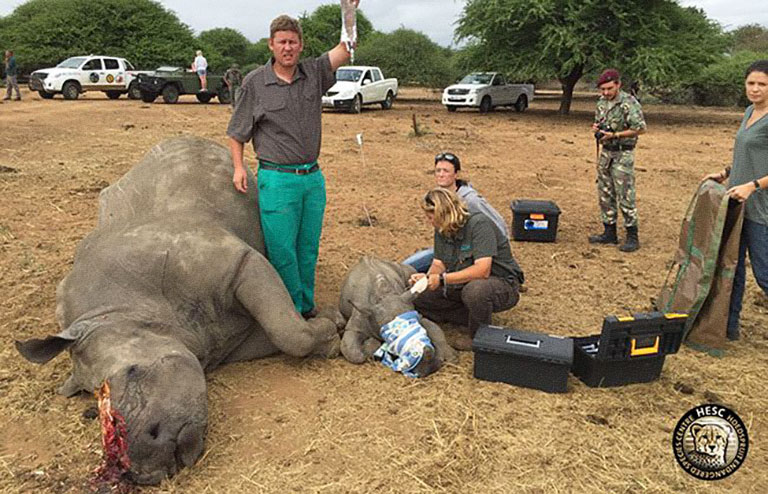
These two iconic African animals have been driven to the edge of extinction by highly organized poaching networks that are supplying an insatiable demand for elephant ivory and rhino horn in Vietnam, China, the US and other countries
The global ivory trade leads to the slaughter of up to 20,000 African elephants a year. One elephant is killed every 15 minutes, their tusks carved into jewelry and trinkets. Rhino killings are fueled by the false belief in traditional Asian medicine that crushed rhino horn can cure everything from cancer to hangovers. The majority of rhino horns poached in Africa end up in Vietnam with some of them making their way to China. The elephant ivory and rhino horn industries are driven by global criminal networks, some with links to militant terrorism. It is a multi-billion dollar business that has made many people very wealthy. This wealth has allowed the poachers to bribe the people who are supposed to be protecting the elephants and rhinos at almost every level, from conservation park rangers to port and governmental officials. Even wildlife conservation agencies set up to protect the animals have been caught taking bribes.
The manner in which the elephants and rhinos are stalked and killed is barbaric. Often tracked by sophisticated bands of poachers outfitted with helicopters, night-vision equipment, advanced global tracking devices, and the most deadly up-to-date military-grade machine guns, the animals are slaughtered in cold blood, often in front of their children. Their tusks and horns are torn from their faces as they die a slow agonizing death. This unimaginable scene is played out hundreds of times a day, every day, throughout Africa.
Consumer Demand for Ivory

The demand for ivory has brought African elephants to the brink of extinction. Ivory is used to manufacture jewelry and statuettes, along with other modern consumer items like billiard balls, musical instrument inlays, chop-sticks and game pieces. The most popular and expensive ivory consumer goods usually involve ornate carving.
If African elephants are to survive, the demand for ivory must be eliminated. Many experts are predicting that unless a significant change in demand occurs soon, both species of African elephants, the African bush elephant and the African forest elephant, will become extinct by 2029.
If African elephants are to survive, the demand for ivory must be eliminated

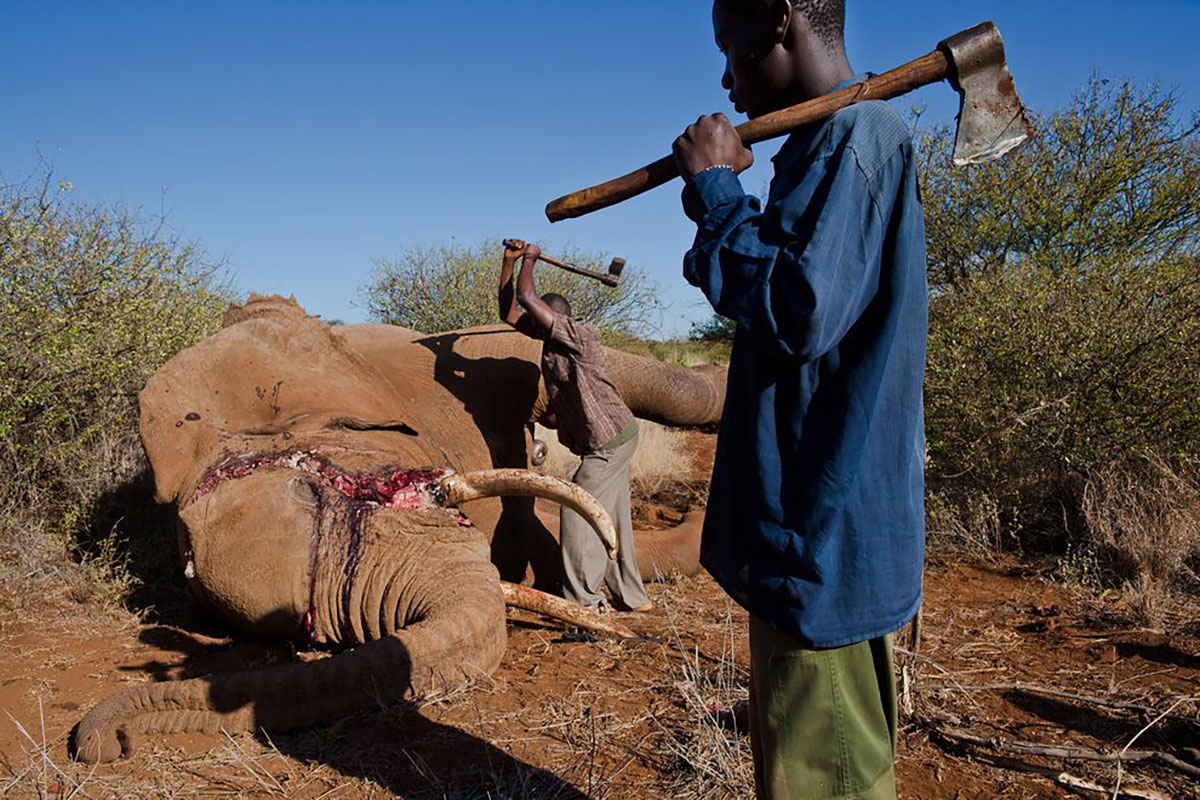
False Benefits of Rhino Horn

Today very few rhinos survive in Africa outside protected conservation areas, and even these rhinos are in great danger. United for Wildlife, a coalition of wildlife interest groups including Wildlife Conservation Society (WCS), The Zoological Society of London, World Wildlife Fund, Conservation International, and The Nature Conservatory, reports that a staggering 95 percent of the world’s rhinos have been poached in the last 40 years.
As of May of 2015, rhino horn was selling on the worldwide black market for an astonishing $60,000/lb. It is literally worth more than gold, diamonds or cocaine. The reason for the exorbitant value is simple: the unprecedented demand for rhino horn in Vietnam and other Asian countries, where it is regarded as a status symbol as well as a medical miracle drug, is much greater than the supply of rhinos. In Vietnam, wealthy young businessmen sniff it in the same manner as cocaine or mix it with alcohol and drink it.
As of May of 2015, rhino horn was selling on the worldwide black market for an astonishing $60,000/lb
The Link Between Poaching and Terrorism

Elephant and rhino poaching is one of the world’s leading criminal activities, ranking alongside drugs, arms and human trafficking. It is a multi-billion dollar industry. Because wildlife protection receives less governmental funding than the fight against narcotics or terrorism and carries less punishment if caught, crime organizations and poachers see wildlife trafficking as a lower risk and higher reward endeavor than other crimes. Military experts and leaders from around the world, including Hillary Clinton and former President Barack Obama, now strongly suspect that elephant and rhino poaching in Africa is funding militant terrorist groups. The sale of slaughtered elephant tusks and rhino horns on the black market is directly financing different terrorist attacks, resulting in thousands of innocent civilian deaths. The poaching is being carried out by highly organized criminal gangs who sell the tusks and horns to the terrorist groups, who run sophisticated multi-national distribution networks that then sell the tusks and horns to Asian purchasers. The terrorist groups are making billions of dollars a year to fund terrorist attacks that are leaving a trail of horrific devastation impacting not only humans and wildlife, but global security, as well.
The findings estimated that elephant tusk sales generated between $200,000 and $600,000 a month. This revenue supplied upwards of 40% of the funds needed to facilitate Al-Shabaa terrorist activities, including the purchase of explosives, weapons, and ammunition
In 2013, the Elephant Action League (EAL) conducted an undercover operation, investigating the link between the jihadist terrorist group Al-Shabaa — a group responsible for the deaths of thousands of innocent civilians — and the illegal trafficking of ivory. The investigation revealed that Al-Shabaa, an affiliate of Al Qaeda, has been actively trading ivory to fund its bombings and operations. The findings estimated that elephant tusk sales generated between $200,000 and $600,000 a month. This revenue supplied upwards of 40% of the funds needed to facilitate Al-Shabaa terrorist activities, including the purchase of explosives, weapons, and ammunition. Al-Shabaa was responsible for the September 2013 Westgate shopping mall massacre in Kenya where 68 people were killed and more than 175 wounded. The group is also suspected of murdering 60 wildlife wardens in 2012.
Former President Obama has described wildlife trafficking as a major threat to national security. In July of 2015, he issued an executive order to establish a task force on the issue. The task force formed an advisory council to develop a new strategy to clamp down on the criminal networks facilitating the illegal trade.
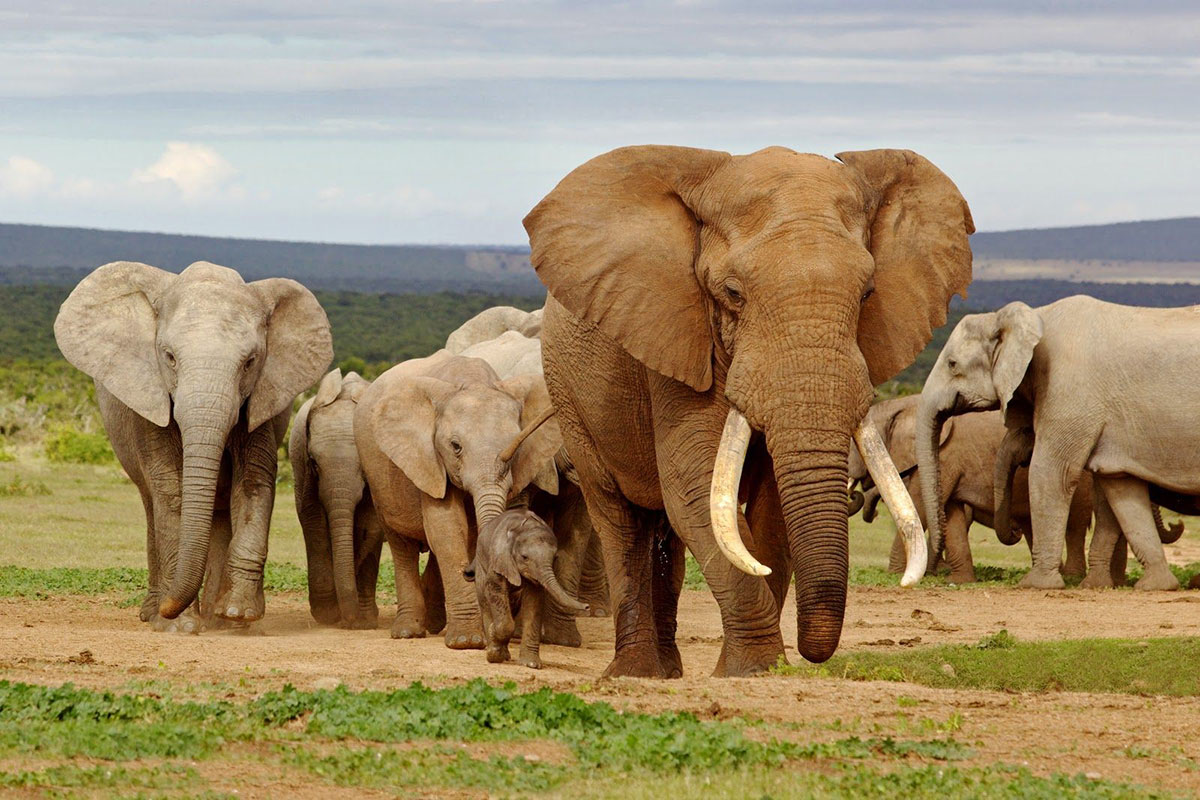
Dehorning and Controversy in South Africa and Zimbabwe

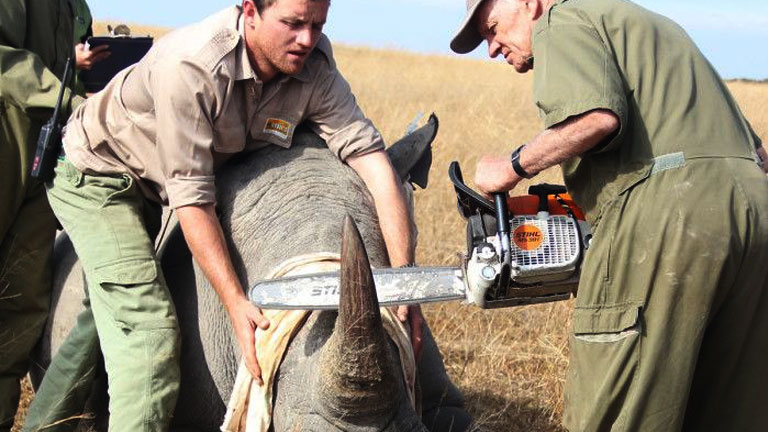
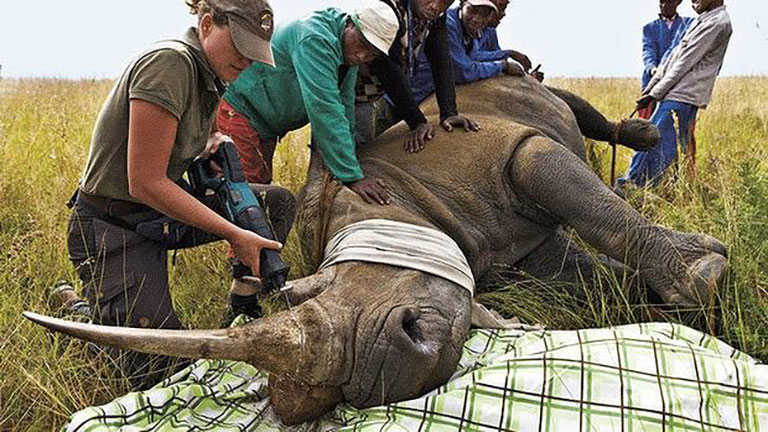
In an effort to thwart rhino poaching, some conservation organizations, sanctuaries, and even entire countries have turned to the controversial method of dehorning. Rhino horns grow a little over two inches a year in younger calves and a bit slower in the older rhinos. The countries and sanctuaries that employ the procedure usually dehorn their herds every six years. The process involves darting a rhino until she is fully sedated and then removing the horns. The process from beginning to end takes about 30 minutes per animal.
The philosophy behind dehorning is that if the rhinos don’t have horns, poachers won’t take the time and effort to hunt them down, but the practice is controversial, particularly in South Africa. To understand some of the complexities of the matter, it is important to note that buying and selling rhino horns is currently legal in South Africa (subject to certain strict conditions), although international trade has been prohibited since 1977 by the Convention on International Trade in Endangered Species (CITES). To make matters more complicated, the legality of domestic trade in rhino horns in South Africa has undergone several changes over the past few years. A moratorium on buying and selling rhino horn within South Africa had been in place since 2009, but in 2015 rhino horn breeders filed suit to overturn it. John Hume, who farmed more than 1,800 rhino at his ranch, had been lobbying with Johan Kruger, another rhino owner, to overturn the CITES ban, so he could sell horns legally harvested from live rhinos to buyers in China and other Eastern nations. Although permission for international trade and export was not granted after many legal battles, in April 2017, South Africa’s Constitutional Court reversed the ban, and domestic trade was allowed to begin again.
Enter Zimbabwe, which has been dehorning rhinos since the early 1990s. Many conservation officials believe that this is the reason that 700 can still be found in the country. The method has both supporters and detractors. According to Save the Rhino, some poachers still target rhinos after their horns are removed to access the stub of the horn left after removal, which still has a bit of value. Moreover, some rhino conservation officials claim that Zimbabwe is using the procedure as cover for a money-making operation. Zimbabwe also stockpiles its confiscated elephant ivory instead of burning it and is campaigning for the Convention on International Trade in Endangered Species (CITES) to legalize the ivory trade, despite the international ivory trade ban already in place. The CEO of Born Free said, “Keeping the removed horns in a government stockpile in Zimbabwe is like leaving confiscated cocaine with a drug dealer. The corrupt Zimbabwean government will push to sell their stockpiles when the time is right, just as they have with elephant ivory in the past two decades.” To further illustrate the point, the government of Zimbabwe has been known to kidnap young elephants from their herds and sell them to foreign countries.
Although some credible sources like AWARE Trust maintain that rhino dehorning does reduce poaching, the practice will continue to remain controversial.
Immediate Action Required

The current poaching crisis in Africa can not be overstated. Hundreds of elephants and rhinos are being slaughtered on a daily basis, and extinction for both animals is a very real possibility within the next decade. To illustrate the reality of this potential catastrophe, one has to look no further than the three species of Asian rhinos: the greater one-horned rhino, the Javan rhino, and the Sumatran rhino. Having once roamed across most of Asia numbering in the millions, all three species are now critically endangered due to poaching and habitat loss, mainly poaching. Less than 100 Sumatran rhinos, 60 Javan rhinos, and 3,500 greater one-horned rhinos remain.
The current poaching crisis in Africa can not be overstated. Hundreds of elephants and rhinos are being slaughtered on a daily basis
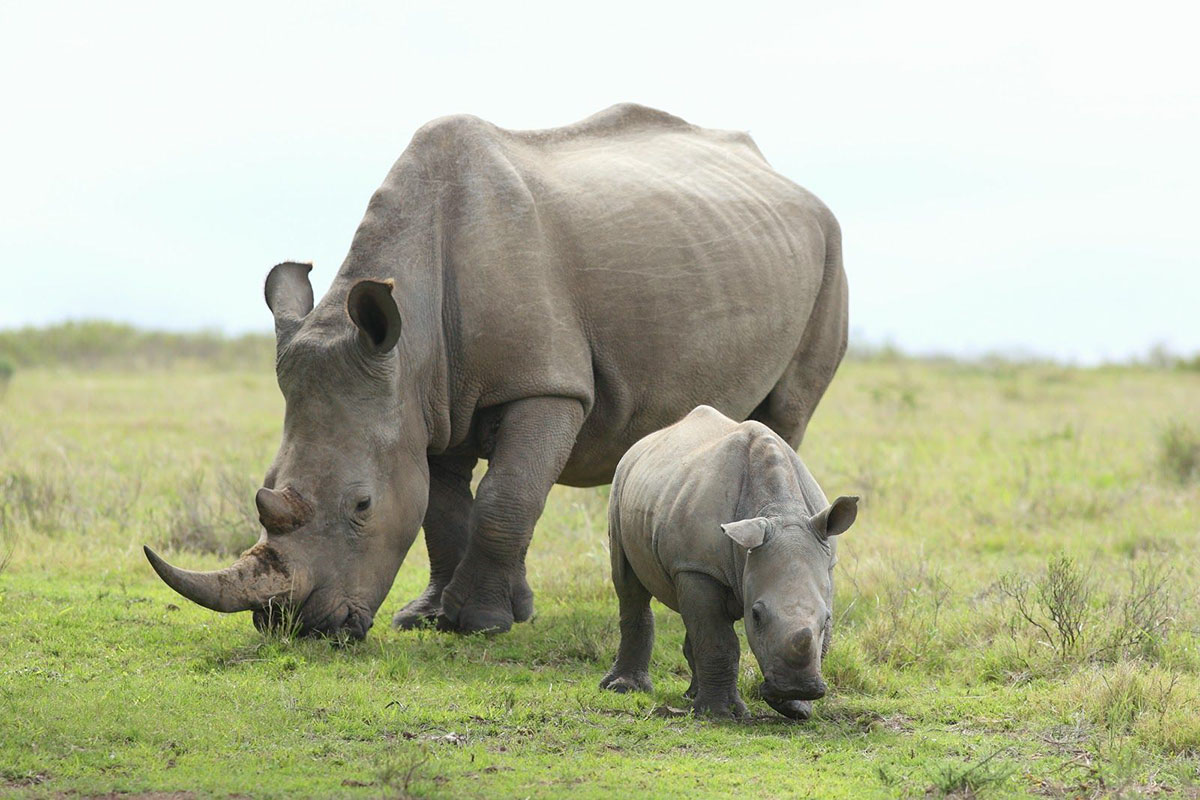

Positive Change
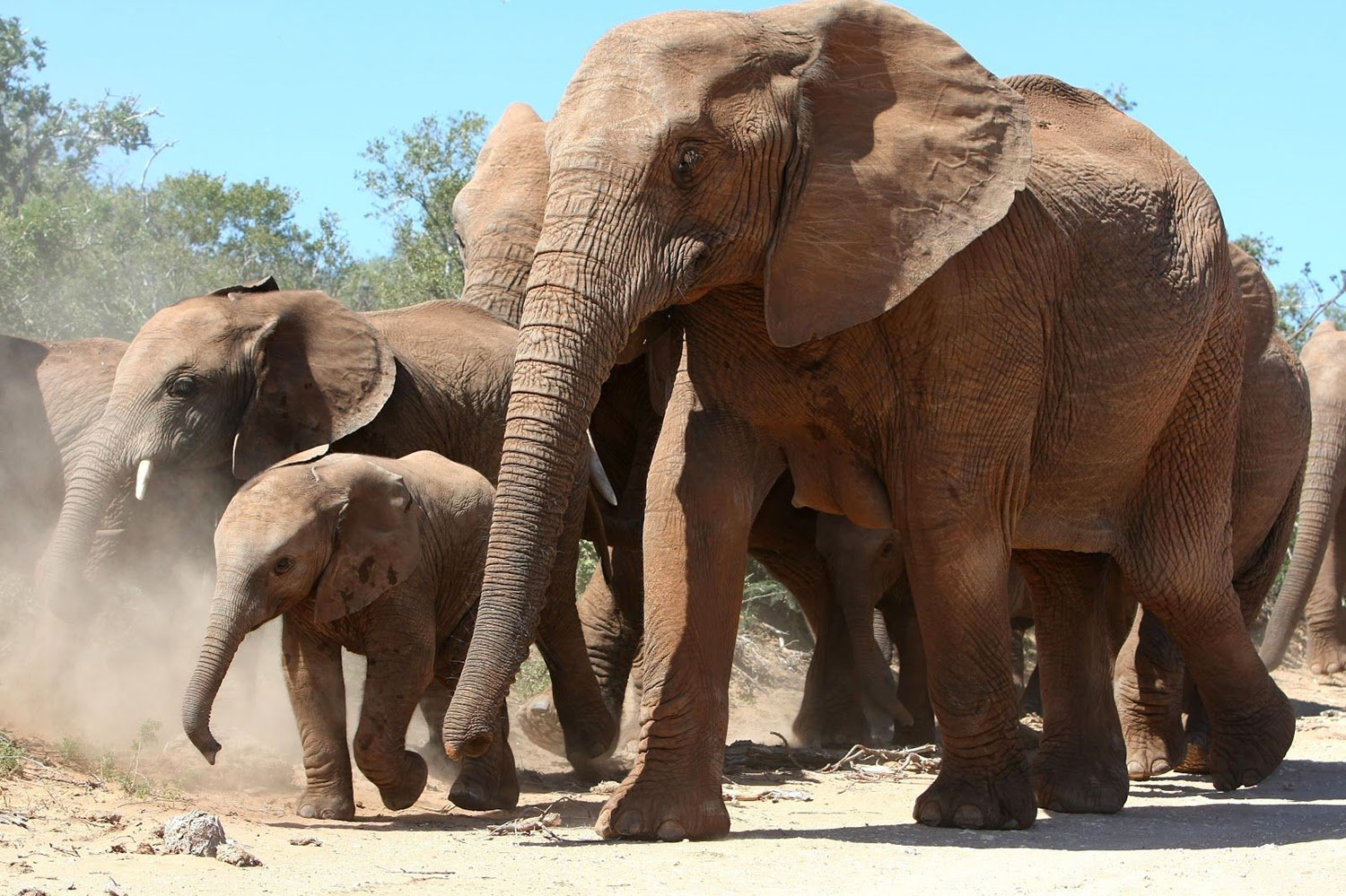
According to the International Union for Conservation of Nature (IUCN), about one hundred elephants are killed each day in Africa — one every 15 minutes. Rhino poaching is so widespread that only 22,000 remain on the entire continent. With the current populations of African rhinos and elephants at a fraction of their historical numbers, many conservation experts have predicted that if the current poaching rates continue, wild African rhinos and elephants will be extinct within the next 15 years. However, despite this very real possibility, some encouraging steps have taken place in the last few years that offer a glimmer of hope.
Bans on Ivory


In a historic agreement to save Africa’s elephants and end the demand for ivory, former US President Barack Obama and Chinese President Xi Jinping agreed in September of 2015 to end commercial ivory sales in both countries. This agreement was significant because China and the United States are the world’s two largest markets for ivory products. The ban became law in the US in June 2016 and was praised by animal rights advocates and conservationists throughout the world. The importance of the US ban cannot be overstated. With a few rare exceptions such as musical instruments, the handles of certain guns, and ivory products proven to be over 100 years old, all ivory products are now illegal to either import or sell over state lines. Prior to the national ban, the states with the largest ivory markets, Hawaii, New York, New Jersey and California, had previously enacted ivory bans, but products were still being smuggled in through other states without bans. The law in Hawaii is even stronger than the new federal ban, which also prohibits products made from the hides of seals, sharks, lions, hippos, jaguars, tigers, leopards, great apes, whales, walruses, monk seals and cheetahs.
In a historic agreement to save Africa’s elephants and end the demand for ivory, former US President Barack Obama and Chinese President Xi Jinping agreed in September of 2015 to end commercial ivory sales in both countries. This agreement was significant because China and the United States are the world’s two largest markets for ivory products.
December 31, 2017 was the last day it was legal to buy or sell ivory in China. The price of illegal ivory has almost halved in China since September 2015 due to President Xi’s public commitment to a ban, along with increased public knowledge of the ivory/elephant poaching connection. Conservationists and animal rights advocates hope that in the near future other nations will follow America and China’s lead and also prohibit ivory. This cannot be overstated as the market for ivory in China was massive, and the positive impact by this decision is already being felt. The black market there still exists, but there is significantly less interest from the Chinese public in ivory products.
At the Convention on International Trade in Endangered Species (CITES) in September 2016, world leaders rejected proposals from South Africa, Namibia and Zimbabwe to open up the trade in elephant ivory and instead passed a proposal urging countries to close their domestic ivory markets. Chinese delegates unanimously supported the proposal. African elephants were denied even stronger protection from CITES when the delegates chose not to increase their official protection status from Class II to Class I.
In addition to China and the United States, in 2022 the United Kingdom banned the import, export and dealing of elephant ivory. In 2023 the UK extended the list to include ivory from orcas, hippos, walruses, narwhals, and sperm whales. Most recently in November 2023, Canada also banned the trade of ivory, as well as rhino horn. The ban includes imports of hunting trophies containing these parts.
Increased Public Awareness

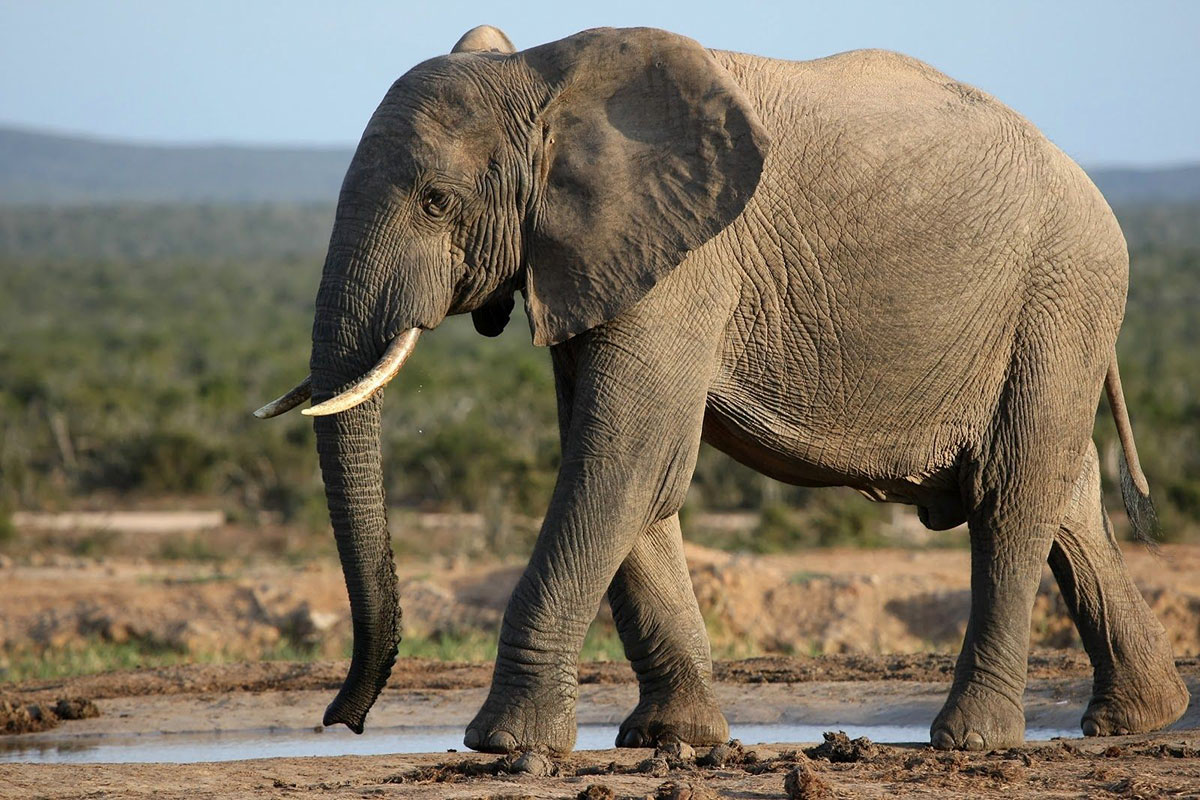
Through the tireless educational outreach of wildlife conservation activists and organizations, people around the world are beginning to understand that the demand for elephant ivory and rhino horn are propelling the extinction of both species. Groups like the Save the Elephants, Wildlife Conservation Network, Knot on my Planet, Wildaid, The International Fund for Animal Welfare, The David Sheldrick Wildlife Trust, African Wildlife Foundation, 96elephants, Tusk, Space for Giants, Save the Rhinos, Elephant Action League and other advocacy groups have successfully educated millions of people concerning the dire situation facing African elephants and rhinos. In addition, many celebrities and individual activists have made a massive difference by speaking up and spreading the word about wildlife poaching.
Rhino and Elephant Advocacy Organizations

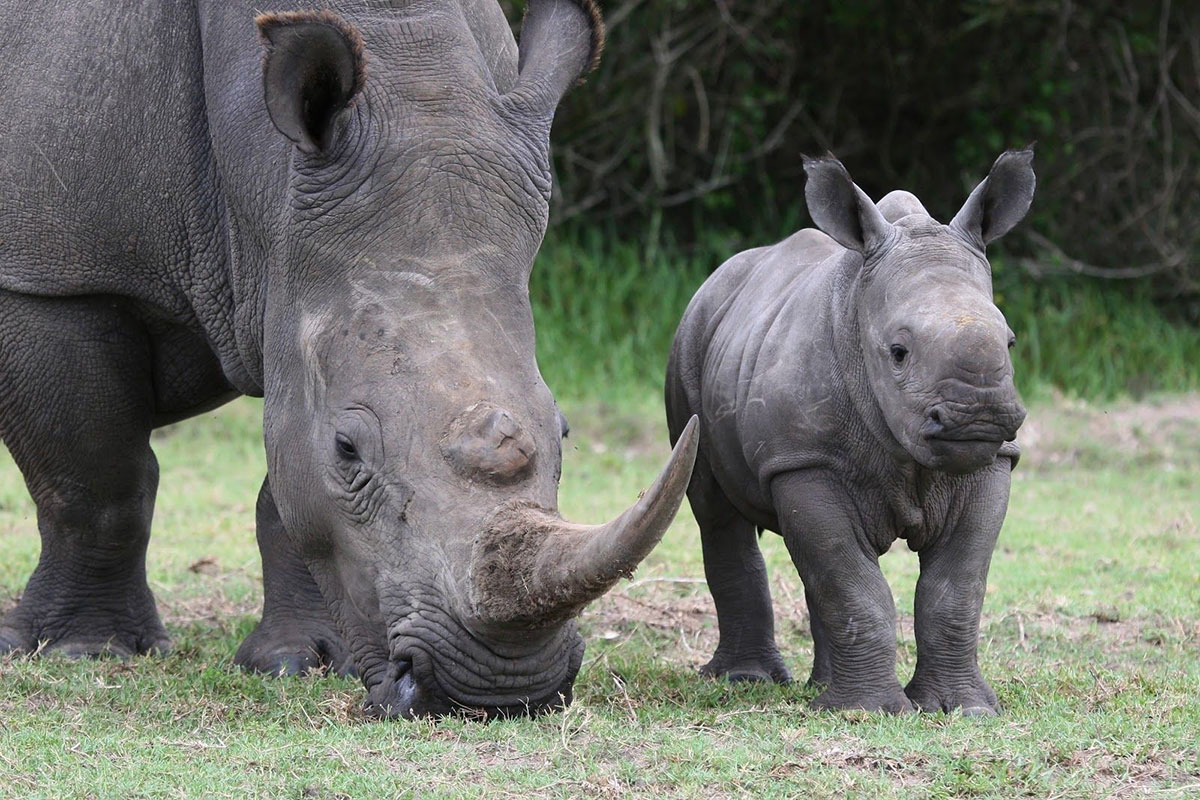
Save the Elephants
Save the Elephants (STE) is a UK charity based in Kenya founded in 1993 by Iain Douglas-Hamilton, one of the world’s most eminent zoologists specializing in the study of elephants. STE works to sustain African elephant populations and preserve the habitat where they are found, while educating both local African people and others worldwide about the African elephant’s fragile existence. STE is on the cutting edge of combating ivory poaching, helping other conservation organizations out-maneuver traffickers, and helping wildlife sanctuaries protect their populations from poachers. STE provides scientific data and cutting-edge technological advancement into elephant behavior, intelligence, and long-distance movement that applies both to the long-term goal of elephant conservation and ending the ivory trade.
Wildlife Conservation Network
The Wildlife Conservation Network (WCN) is a United States-based organization that partners with conservation organizations, developing community-based African projects that help preserve African rhinos, elephants and other wildlife. WCN has partnered with Save the Elephants and The Leonardo DiCaprio Foundation in creating the Elephant Crisis Fund, an organization that identifies and supports the most urgent projects that address poaching, ivory trafficking and demand for ivory. 100% of the Elephant Crisis Fund’s money is used for on-the-ground conservation actions.
David Sheldrick Wildlife Trust
The David Sheldrick Wildlife Trust (DSWT) is a Kenyan wildlife charity founded in 1977 by Dr. Dame Daphne Sheldrick in memory of her late husband, David Sheldrick. It both assists the Kenya Wildlife Service and administers the DSWT Orphans’ Project, which has achieved worldwide acclaim through its highly successful elephant and rhino rescue and rehabilitation program. DSWT has successfully hand-raised over 150 infant elephants and reintegrated them along with other elephant orphans back into the wild herds of Kenya.
African Wildlife Foundation
African Wildlife Foundation (AWF) has created numerous programs and conservation strategies designed to protect the wildlife and indigenous lands of Africa while ensuring a more sustainable future for Africa’s people. AWF promotes conservation enterprises that benefit local African communities and has trained hundreds of African nationals in conservation techniques to ensure the survival of Africa’s unparalleled wildlife heritage.
WildAid
WildAid works to end the African rhino and elephant poaching crisis through reducing Asian consumption of rhino horn and elephant ivory products. Through an impressive force of celebrity ambassadors, WildAid secures $200 million in free media coverage every year. Their public awareness advertising reaches up to 1 billion people weekly. The WildAid slogan is: When the Buying Stops, the Killing Can Too.
The International Fund for Animal Welfare
The International Fund for Animal Welfare (IFAW) has created an innovative new program called tenBoma with the Kenya Wildlife Service. The tenBoma project includes a wildlife crime intelligence fusion center that processes community anti-poaching tips and efforts with high-tech data analysis and enhanced national security operations to stop elephant and rhino poachers. The name tenBoma comes from an existing Kenyan community policing philosophy called ‘Ten Houses’ in Swahili.
On Worldwide Elephant day 2016 (August 12), IFAW announced that seven global ecommerce companies, eBay, Etsy, Gumtree, Microsoft, Pinterest, Tencent and Yahoo!, had adopted an IFWA-drafted policy framework that will help protect wildlife from illegal online trade.
Individual Rhino and Elephant Activists

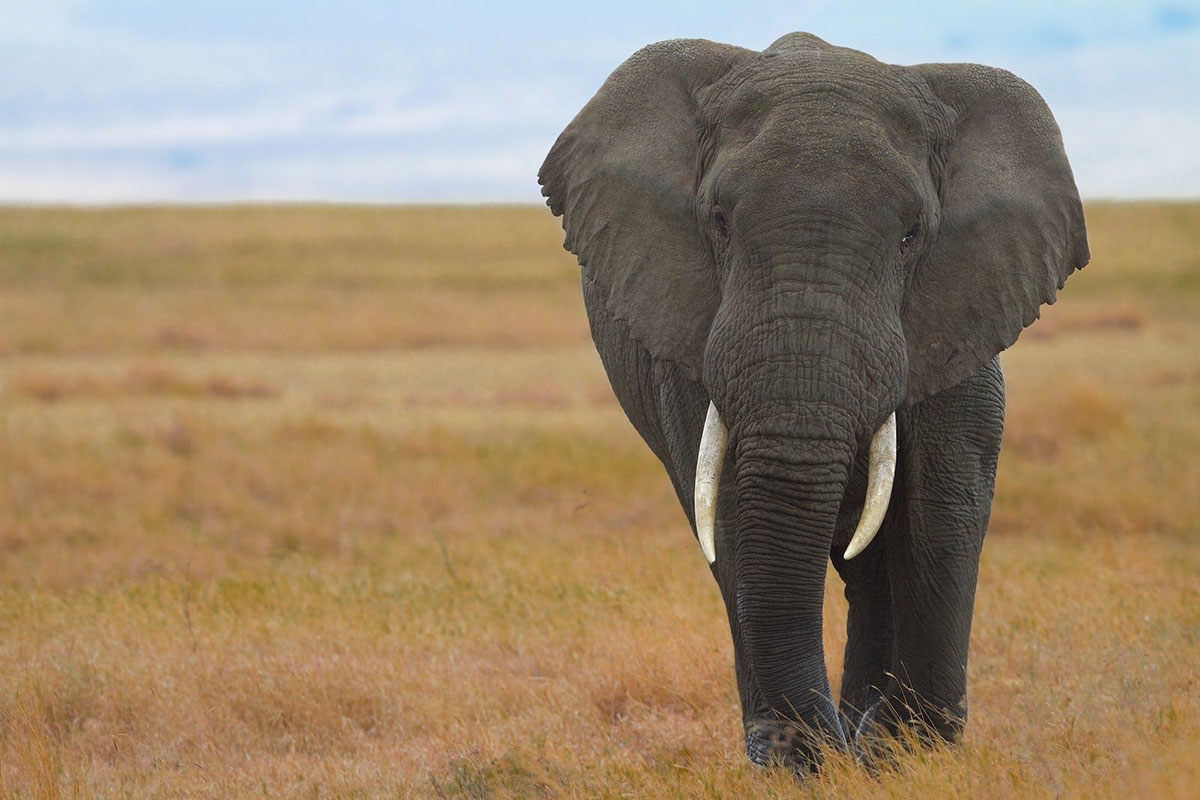
Doutzen Kroes fashion supermodel, along with David Bonnouvrier the owner of DNA Models, have launched a campaign called #knotonmyplanet that has already raised over 8.65 million dollars to benefit the Elephant Crisis Fund, since it was launched in September 2015. It is a campaign that is mobilizing the resources and influence of the fashion industry to help these gentle giants.
Paul Hilton is an award winning Hong Kong-based photographer whose work focuses on wildlife crime. His images have been published in the New York Times, Asian Geographic, and Time.
Adrien Steirn is a talented photographer and filmmaker who has over 200,000 followers on Instagram. Many of his photos center on the plight of African wildlife.
James Suter is a wildlife safari guide and photographer based in Cape Town, South Africa, followed by more than 60,000 users on Instagram. His images focus on his encounters with wildlife as a safari guide and the conservation of habitat and wildlife in Africa. His film production company, Black Bean Productions, works with a range of African wildlife organizations active in rhino and elephant protection, including United for Wildlife.
Hungarian-born cinematographer Martin Buzora is directing a six-part documentary series called Kenya Wildlife Diaries, about anti-poaching and wildlife conservation in Kenya. Buzora lived and worked in Kenya for about a year and a half, filming the day-to-day lives of anti-poaching rangers, including an elite group in northern Kenya called the 9-1 Anti-Poaching Unit.
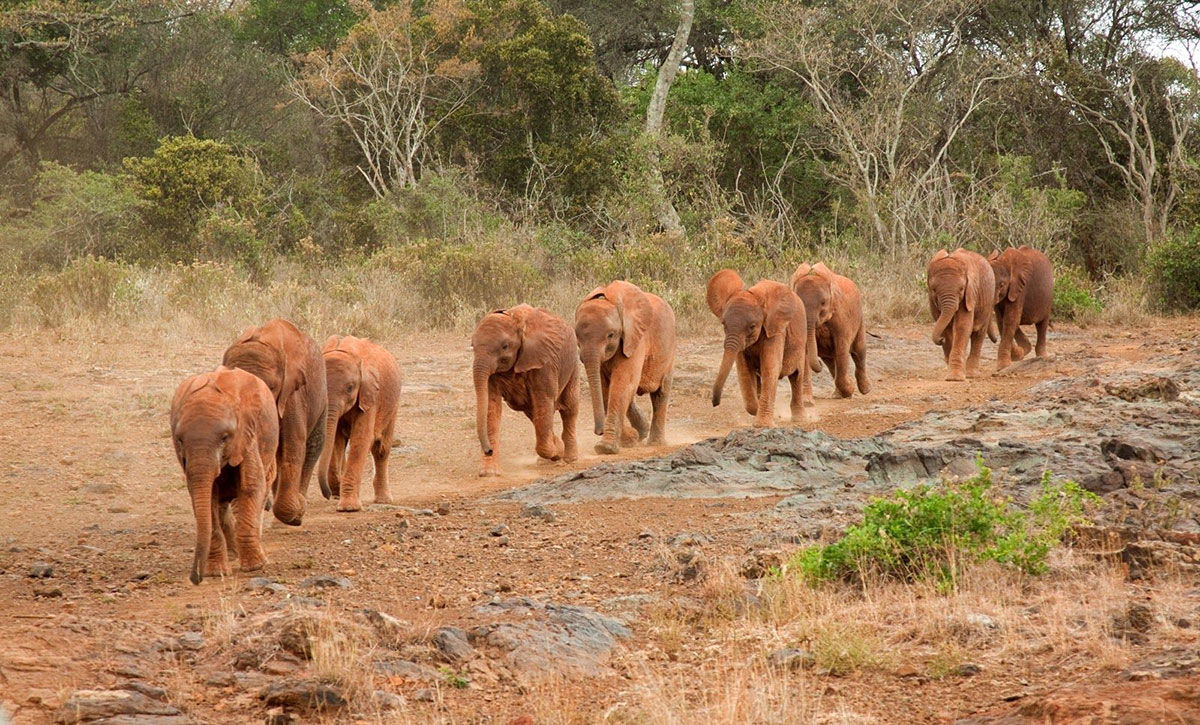
National Geographic photojournalist Ami Vitale has created a compelling documentary film called Rhinos, Rickshaws & Revolutions: My Search for Truth that focuses on returning northern white rhinos back to the wild and the politics involved in doing so. National Geographic sponsored a US tour of the film in 2015-16, with Ami appearing at many of the screenings. She has lived in mud huts and war zones and traveled to more than 90 countries, advocating human and animal justice.
Adine Roode of Camp Jabulani has reached thousands with her Twitter tweets and Instagram photos, showcasing the animals at Camp Jabulani and Hoedspruit Endangered Species Centre.
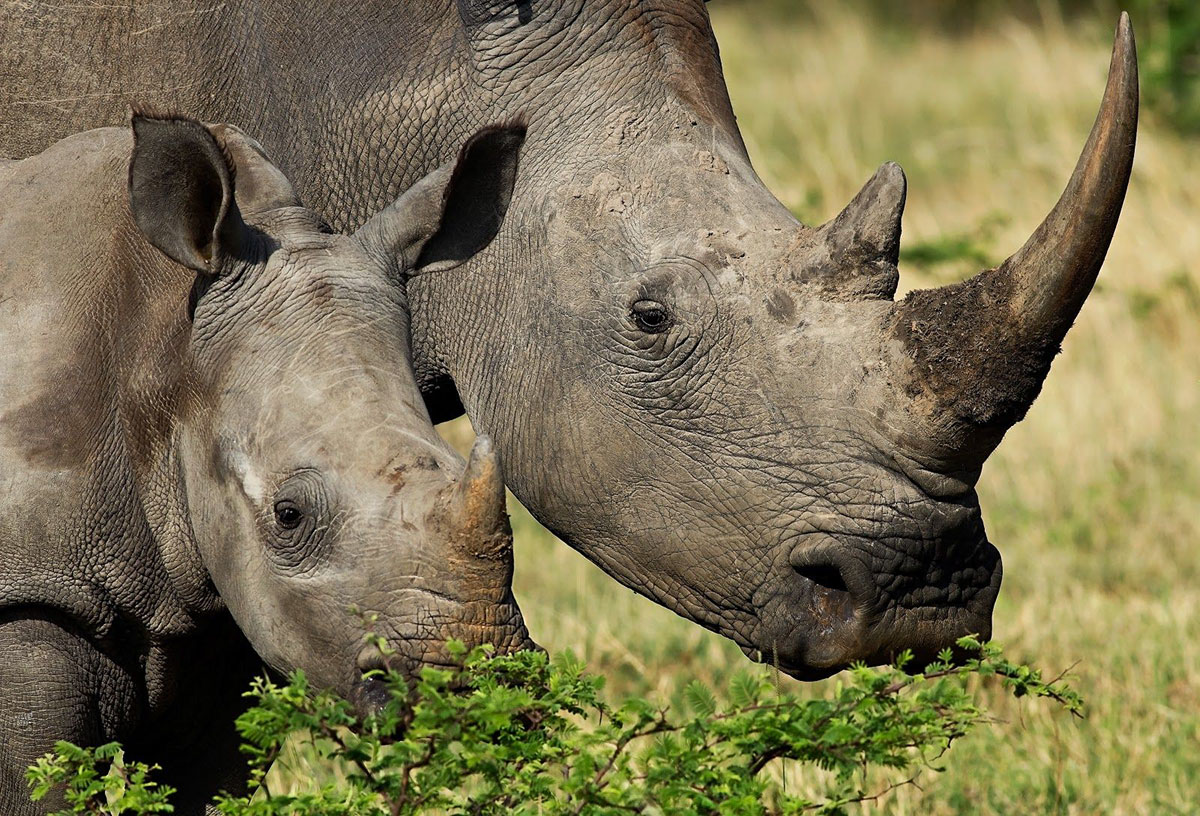
Elephant and Rhino Sanctuaries

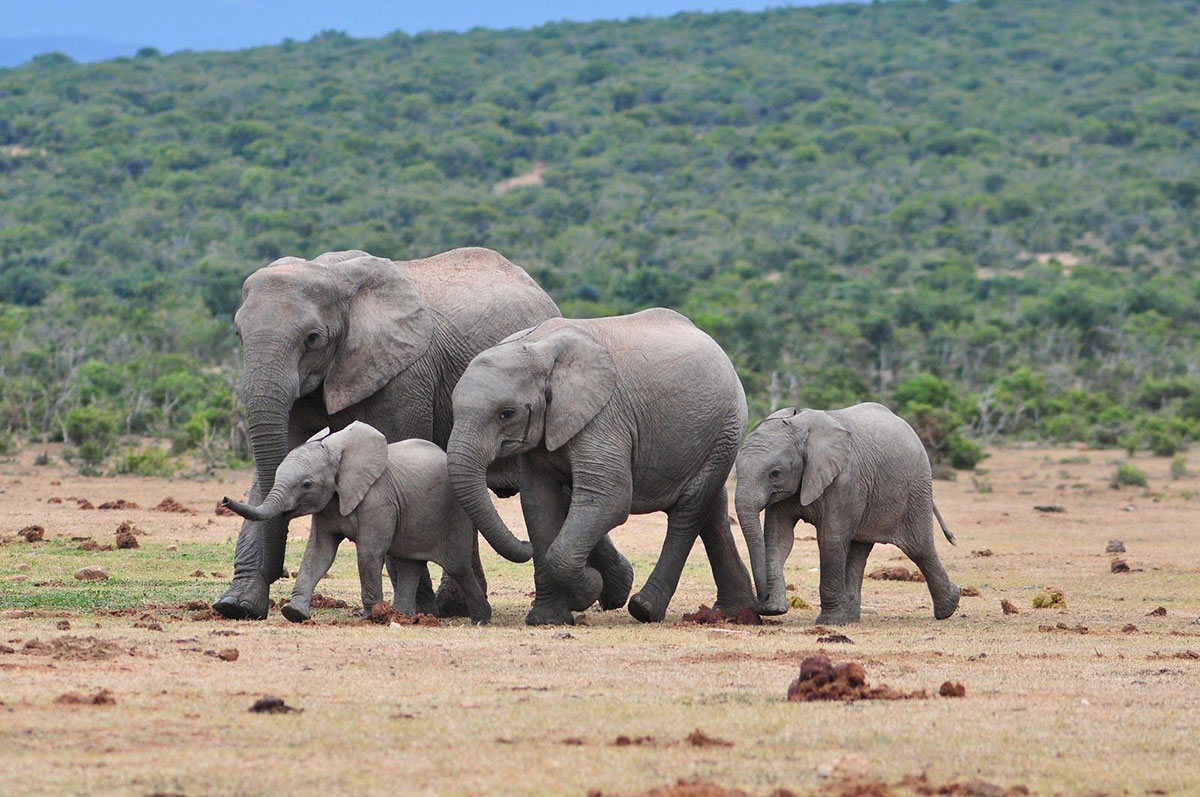
The elephant and rhino sanctuaries of Africa symbolize both the sad reality of the African poaching crisis as well as the hope that poaching will soon be a thing of the past. At these sanctuaries, dedicated staff have devoted their lives to caring for the living victims of poaching — the thousands of orphaned baby elephants and rhinos who are traumatized after witnessing their mothers and families being killed. The orphans and sanctuaries give hope that African rhino and elephant populations will begin to increase in the near future. Most of these sanctuaries are primarily funded privately and depend on financial donations from supporters around the world.
David Sheldrick Wildlife Trust
The David Sheldrick Wildlife Trust (DSWT) is considered the most successful elephant orphan rescue and rehabilitation program in the world. Founded in 1977 by Dr. Dame Daphne Sheldrick, it is one of east Africa’s pioneering conservation organizations for wildlife and habitat protection. The DSWT has successfully hand-raised over 150 orphaned infant elephants and reintegrated them into the wild Tsavo herds of southern Kenya. The acclaimed DSWT Orphans Project Fostering Program allows sponsors from around the world to “adopt” an orphaned elephant, financially supporting her care, rehabilitation, and reintroduction into the wild. The foster parent receives a fostering certificate with a profile and a photograph of the adopted orphan and a map indicating where the orphan was found. Also included is a description of the habitat and conditions of the area. The foster parent receives a monthly summary showcasing the highlights of the previous month and a direct link to the orphan’s ‘Keeper’s Diary’.
The Rhino Orphanage
The Rhino Orphanage is a rhino-specific sanctuary located in the Limpopo region of South Africa that specializes in orphaned baby rhinos. It was founded in 2012 to rehabilitate orphaned baby rhinos until they can be introduced back into the wild as young adults. The baby rhinos are hand-reared by their human mothers (although human contact is kept to a minimum — no tourists are allowed at the orphanage). The Rhino Orphanage does not release any statistics of how many rhinos are being cared for or have been reintroduced in the wild in order to not attract poachers.
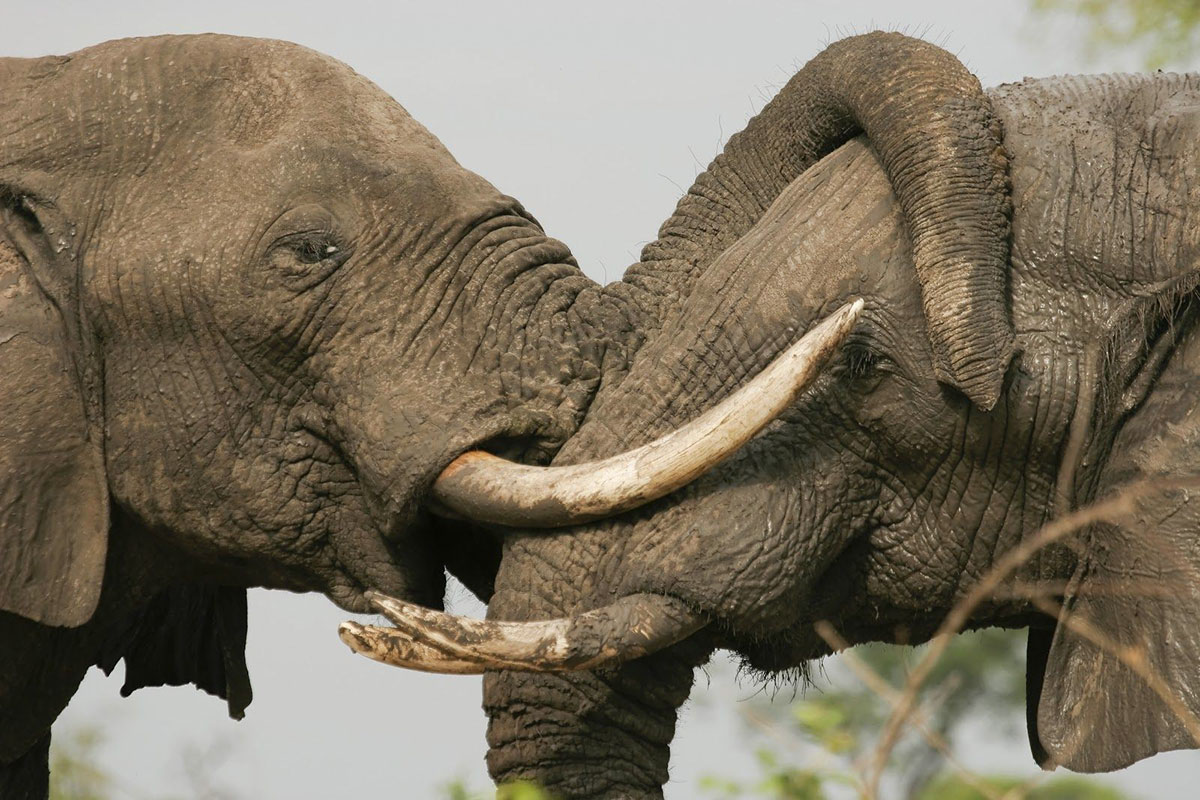
Lewa Wildlife Conservancy
The Lewa Wildlife Conservancy is a 100-square-mile wildlife preserve located in northern Kenya, near Mt. Kenya in the Ngare Ndare Forest. It is home to over 130 rhinos and upwards of 500 elephants. Historically, the area around Lewa has been volatile and prone to high levels of poaching. As a result, Lewa has an extremely effective security system in place, considered one of the best in Africa. The system includes a well-trained, armed and unarmed ranger force, a tracker dog team, and an electric fence around the perimeter of the conservancy. Regular aerial surveillance is also carried out. In 2014 and 2015, Lewa was the only wildlife sanctuary in Kenya that did not lose a rhino to poachers. Lewa’s ranger force is so effective that they have been deployed to other rhino sanctuaries to help train their anti-poaching teams. Edward Ndiritu, the leader of the force, was awarded the prestigious Tusk Wildlife Ranger Award by Prince William in 2015. In an effort aimed specifically at increasing habitat for rhinos to breed and roam, Lewa and neighboring Borana Wildlife Sanctuary took a bold step and removed the fence separating the two refuges in September 2014. This increased the total rhino and elephant habitat to over 145 square miles. The dedicated staff of animal keepers, vets and conservationists successfully care for thousands of animals, including orphaned rhinos and elephants. A significant part of Lewa’s annual budget is provided by the revenue generated by the annual Safaricom Marathon, held at Lewa each year. The marathon attracts more than 1,000 runners, including some of the greatest long-distance runners in the world. Last year, the marathon generated over a half million dollars that went straight to maintaining the conservatory. Fun fact: Prince William proposed to Kate Middleton at Lewa.
Ngulia Rhino Sanctuary
Established in 1986 with only three rhinos, the Ngulia Rhino Sanctuary in southern Kenya is now a stronghold for black rhinos in a country where the black rhino population fell from 8,000 in 1970 to less than 20 in 1989. Ngulia now has over 70 rhinos and covers 35 square miles, allowing rhinos room to roam alongside elephants and other African wildlife. Ngulia is primarily a fenced sanctuary, protected by rangers and staff and supported by the African Wildlife Foundation. The security offered by the fence allows rhinos to live and reproduce without the constant threat of poaching and allows researchers the ability to monitor the vulnerable black rhino population. Ngulia is not only committed to caring for the rhinos in the sanctuary but also repopulating the Kenyan wild rhino population. The Intensive Protection Zone, an unfenced but guarded area adjacent to the fenced-in portion of the sanctuary, is where many of the rhinos born at Ngulia have been successfully reintroduced into the wild.
Hoedspruit Endangered Species Centre
Hoedspruit Endangered Species Centre (HESC) focuses on the conservation of rare, vulnerable and endangered animal species, particularly rhinos and cheetahs. The centre is actively involved in the rehabilitation of poached rhinos and other wild animals, the breeding of rhinos and other endangered animal species for reintroduction into the wild, the education of the general public concerning poaching and habitat loss, and the development of regional anti-poaching initiatives. HESC has launched the Rescued Rhinos @ HESC project, specifically aimed at raising awareness of rhino poaching to surrounding communities, particularly young people. The project highlights orphaned and injured rhinos at the centre, direct victims of poaching, and their rehabilitation and subsequent release back to the wild.
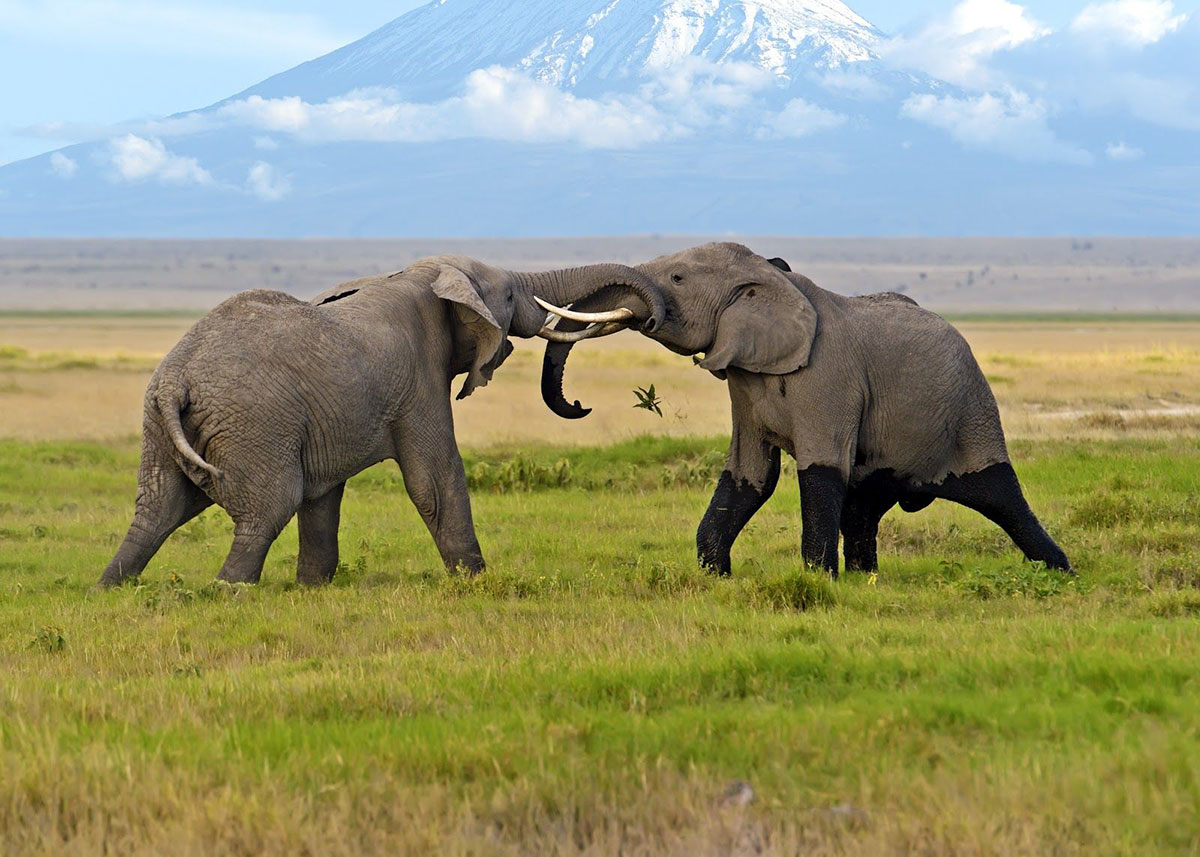
Ol Pejeta Conservancy
The Ol Pejeta Conservancy is a 140-square-mile, not-for-profit conservancy in central Kenya. It is home to the world’s last three remaining northern white rhinos and over 100 black rhinos. About 80% of the working budget at Ol Pejeta is funded by ecotourism; over 70,000 visitors visit the conservatory each year. The conservancy’s community development program provides health care, education, water, employment and infrastructure projects to the surrounding region. The animals at the conservancy move freely throughout the acreage with the exception of the rhinos, who are kept in a special 3,500-acre section with 24-hour armed security. A team of 14 bloodhound dogs is trained to track human and weapon scents, as well as assist in patrolling several areas of the conservancy. These dogs are often the first on the scene at poaching incidents. Aerial surveillance of the grounds is provided by a Piper Super Cub light aircraft and several drones. The Ol Pejeta Conservancy’s fully electrified perimeter fence is monitored 24 hours a day, with a response team based at the control offices to respond to any poaching attempts. The fence has an attendant every four miles conducting maintenance and providing additional security.
Care for Wild Rhino Sanctuary
Located on a farm in an undisclosed location in the heartland of Mpumalanga, South Africa, the Care for Wild Rhino Sanctuary rescues orphaned and injured rhinos, as well as other injured and displaced African birds, mammals and reptiles. With the help of their veterinarians and dedicated staff and volunteers, the animals are rehabilitated until they are ready to be released back into the wild. Those with permanent injuries are housed and cared for at the sanctuary for the rest of their lives. Care for Wild Rhino Sanctuary relies on its wildlife courses and seminars to assist with the funding of the Rehabilitation Centre and Center. Petronel Nieuwoudt, the sanctuary’s founder, started her career in the South African Endangered Species Protection Unit (a specialized unit of the police), where she held the rank of captain.
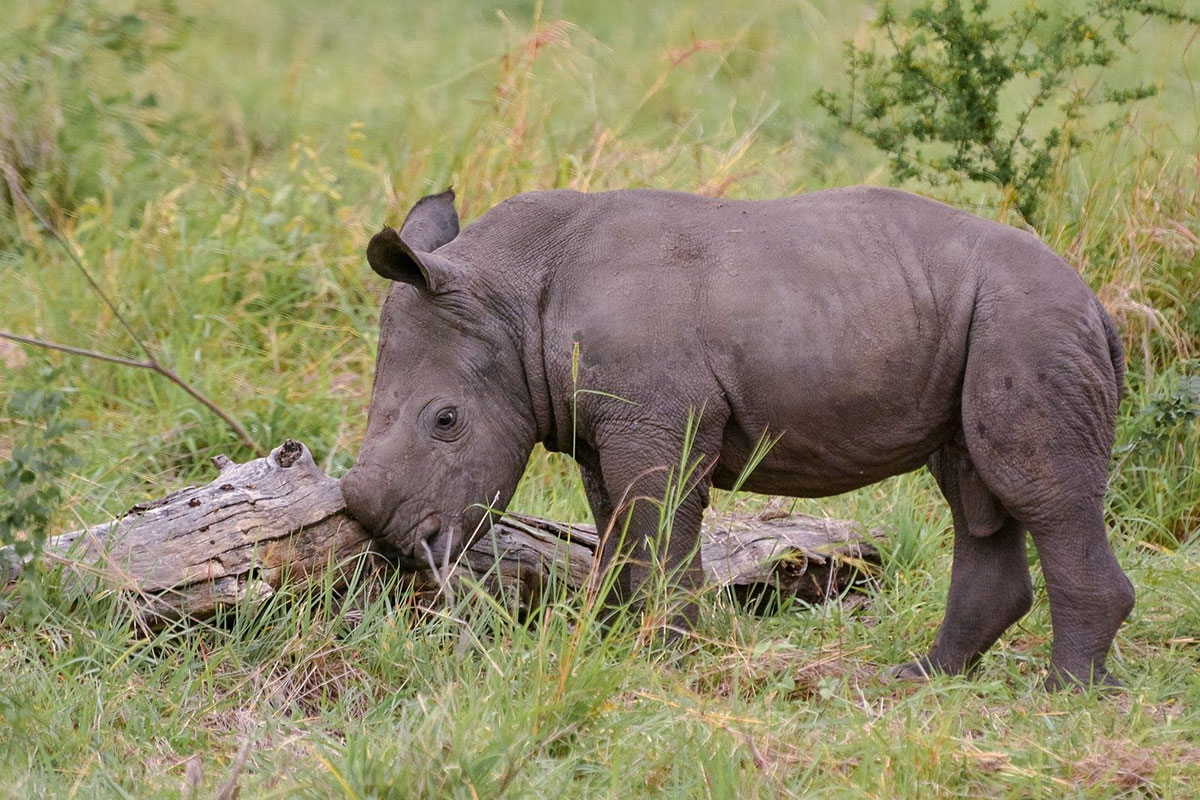
Celebrities advocating on the behalf of elephants and rhinos

Famed professional basketball player Yao Ming, in addition to lending his voice to other animal rights issues, has been very passionate in his efforts to educate the Chinese population about China’s role in the elephant and rhino poaching crisis in Africa. He has conducted many interviews in Chinese newspapers and magazines, has visited Africa multiple times, and has made two documentaries on the subject, Saving Africa’s Giants and The End of the Wild.
Other outspoken celebrities lending their voices to help elephants and rhinos include Jackie Chan, Prince William, David Beckham, Leonardo DiCaprio and Arnold Schwarzenegger.
In January 2016, WildAid began the “Nail Biter” campaign, which featured posters with the slogan Rhino Horn Has Nothing Your Own Nails Don’t Have next to several Asian celebrities biting their nails. The campaign features Thai martial artist/actor Tony Jaa, Virgin Airlines founder Richard Branson, and Chinese actors Li Bingbing, Chen Kun, and Jing Boran. The posters were seen in magazines and on billboards throughout Vietnam and China. Richard Branson met with 20 of the most powerful Vietnamese business leaders and gained a pledge from all never again to buy, use or gift rhino horn, hopefully marking the starting point of a national conservation movement that will help save the species.
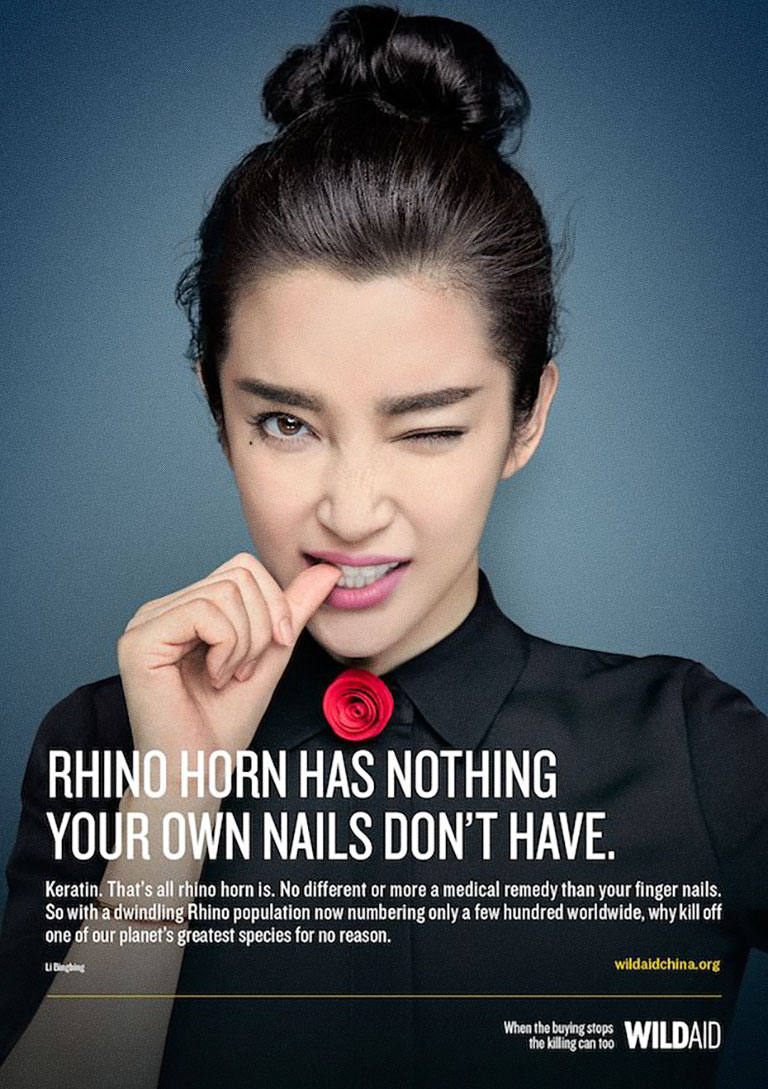
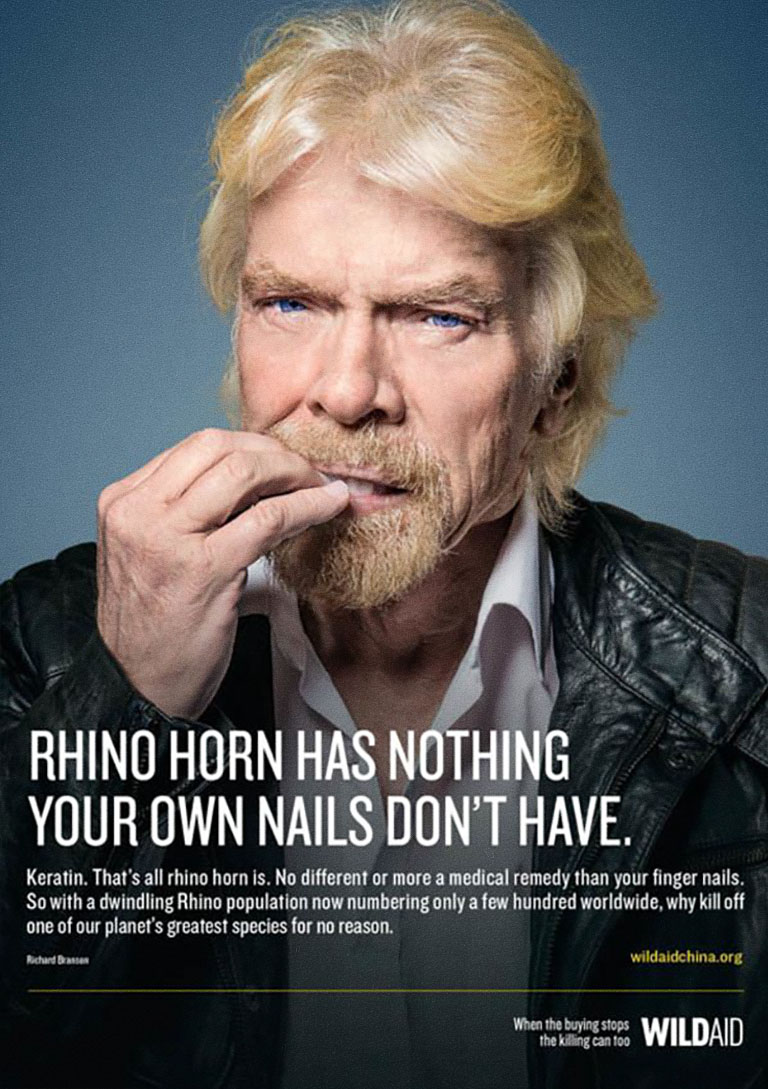
Anti-Poaching Units

One of the most important facets of the African poaching crisis is the lack of funding and training for sanctuary, park, and refuge rangers. These men and women are on the front line, defending elephants and rhinos against ruthless poaching gangs. In the last ten years, over 1,000 rangers have lost their lives at the hands of poaching gangs, which are often composed of former soldiers. The following organizations are tackling this issue head on.
Chengeta was established in 2014 by Rory Young to directly support and strengthen existing anti-poaching efforts currently in place at different African sanctuaries and preserves. Chengeta trains and arms rangers to specifically observe, process, and adapt to the local conditions and poaching trends of a given area using proactive measures. In addition to training, Chengeta provides field supplies and high-tech equipment for the rangers.
Action Against Poaching is an organization formed in 2016 by British Royal Marine Lance Corporal Matt Croucher, the most decorated living British marine. Action Against Poaching (AAP) is fighting to save elephants and rhinos by offering other former British soldiers a new career in training African rangers how to combat poaching gangs most effectively . AAP provides direct armed assistance, training, and equipment to game reserve rangers and staff. They are also developing a Chinese public awareness campaign about the ruthlessness of the African poaching gangs and how they are connected to ivory products in China.
In the last ten years, over 1,000 rangers have lost their lives at the hands of poaching gangs, which are often composed of former soldiers
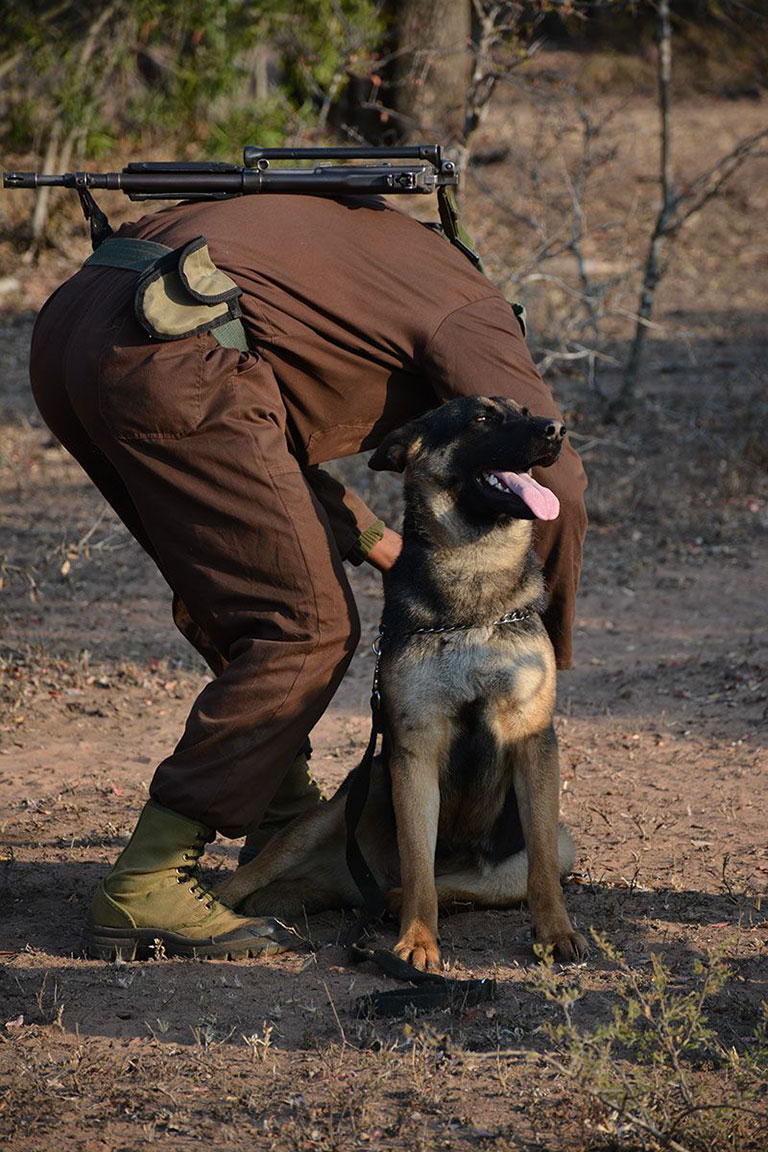

Ivory Stockpile Destruction

The David Sheldrick Wildlife Trust has determined that over the course of an elephant’s lifetime, she will generate 76 times more revenue in tourism than the value her ivory will bring if she is poached. Thankfully, African governments are finally starting to understand that a live elephant or rhino is much more valuable than a dead one. To make this point clear, ivory stockpile destruction has become an important technique used by governments and conservation groups to send a message to poachers that the sale of ivory is no longer supported by either the public or political administrations. As of 2016, more than 580,000 pounds of ivory has been destroyed by either burning or crushing in 21 countries around the world. Kenya held the first ivory stockpile destruction event in 1989, as well as the largest ever in 2016, when a total of 105 tons of ivory and horn (from 8,000 elephants and 343 rhinos) was incinerated. New York City, Rome, Bangkok, and other major cities have all conducted ivory stockpile destruction events over the last five years, as well.
Elephant and Rhino Relocation

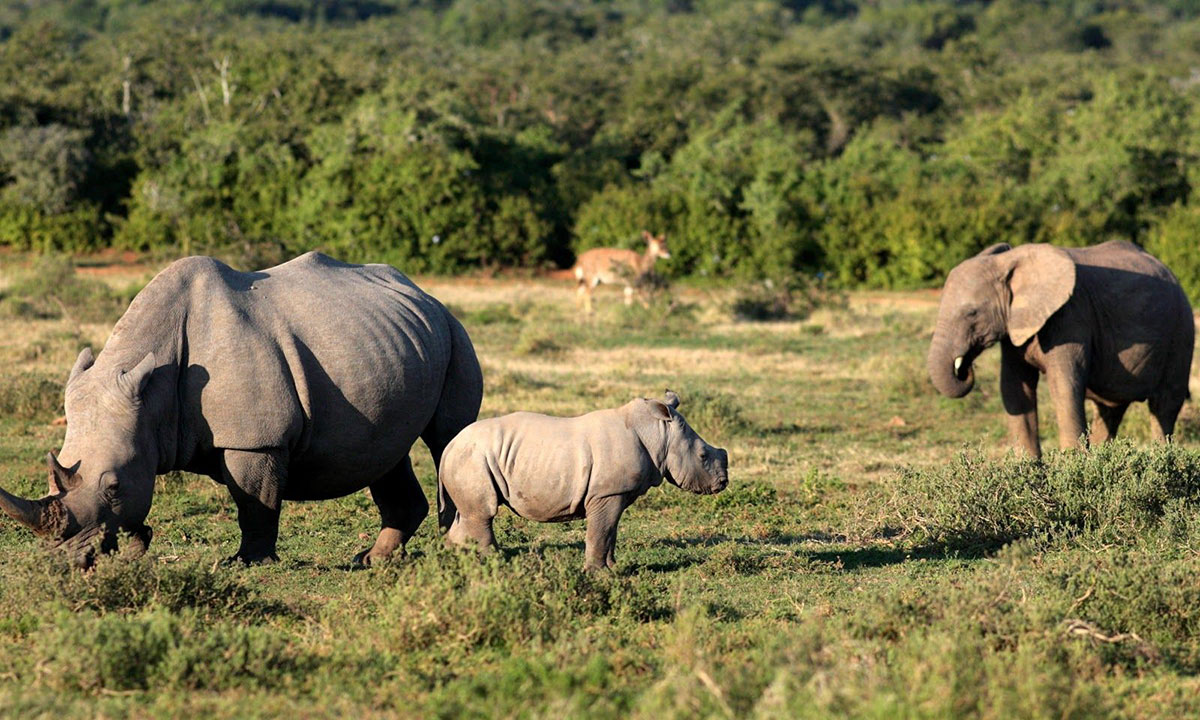
The African poaching crisis is at such a critical level that some elephant and rhino advocacy organizations have taken the unprecedented step of transporting the animals to safe locations far away from the dangerous poaching zones that they currently live in. Ray Dearlove, a retired South African sales executive, plans to airlift 80 rhinos from South Africa to Australia, in an attempt to protect them from poachers. His organization, The Australian Rhino Project (ARP), aims to establish a breeding herd of rhinos in Australia as an “insurance population.” ARP will reintroduce the rhinos and their offspring into the African wild when the poaching crisis is over. The estimated cost of transporting one rhino will be approximately $75,000. During the summer of 2016, conservation group African Parks moved 500 elephants nearly 180 miles from Liwonde National Park in southern Malawi to Nkhotakota Wildlife Reserve, located in the north of the country. Liwonde has become a hotspot for poachers during recent years, and the move will greatly increase the elephants’ chance of survival. At Nkhotakota, the elephants will live in a secure 40,000-acre guarded sanctuary. It was the largest elephant relocation in history.
Ray Dearlove, a retired South African sales executive, plans to airlift 80 rhinos from South Africa to Australia, in an attempt to protect them from poachers
In September 2023, a deal was made between John Hume, a rhino farm owner, and a conservation nonprofit African Parks. Approximately 2,000 white rhinos from the world’s largest rhino farm, will be relocated and released into the wild. The deal is a huge win for the rhinos, but will be a massive challenge to rewild and relocate them, with many factors to consider in terms of locations and safety. The nonprofit manages 22 national parks in Africa, as well as many other protected areas in Africa, and will continue the extensive security measures that are already in place to protect the rhinos from poaching. This will prove more daunting a task when they are rewilded and rehomes and all spread out. The process will take approximately 10 years as much research needs to be done.
Ivory Alternative

The nuts of a family of South American palm trees, called taguas or ivory palms, are becoming popular as an artistic replacement for ivory. The nuts are extremely hard and closely resemble the ivory of elephants. The likeness is so pronounced that the scientific name for these trees, Phytelephas, is Latin for “plant elephant.” When dried, the nuts are carved just like elephant ivory and can be dyed. A single female tagua palm tree can produce up to 50 pounds of nuts in a year, roughly the same amount of ivory in an African elephant tusk. The elephant, however, yields its ivory only once, while the palm tree produces nuts year after year. Over the last five years, numerous ivory sculptors have made the switch to ivory palms, carving beautiful beads, buttons, statuettes, and jewelry.
The nuts of a family of South American palm trees, called taguas or ivory palms, are becoming popular as an artistic replacement for ivory
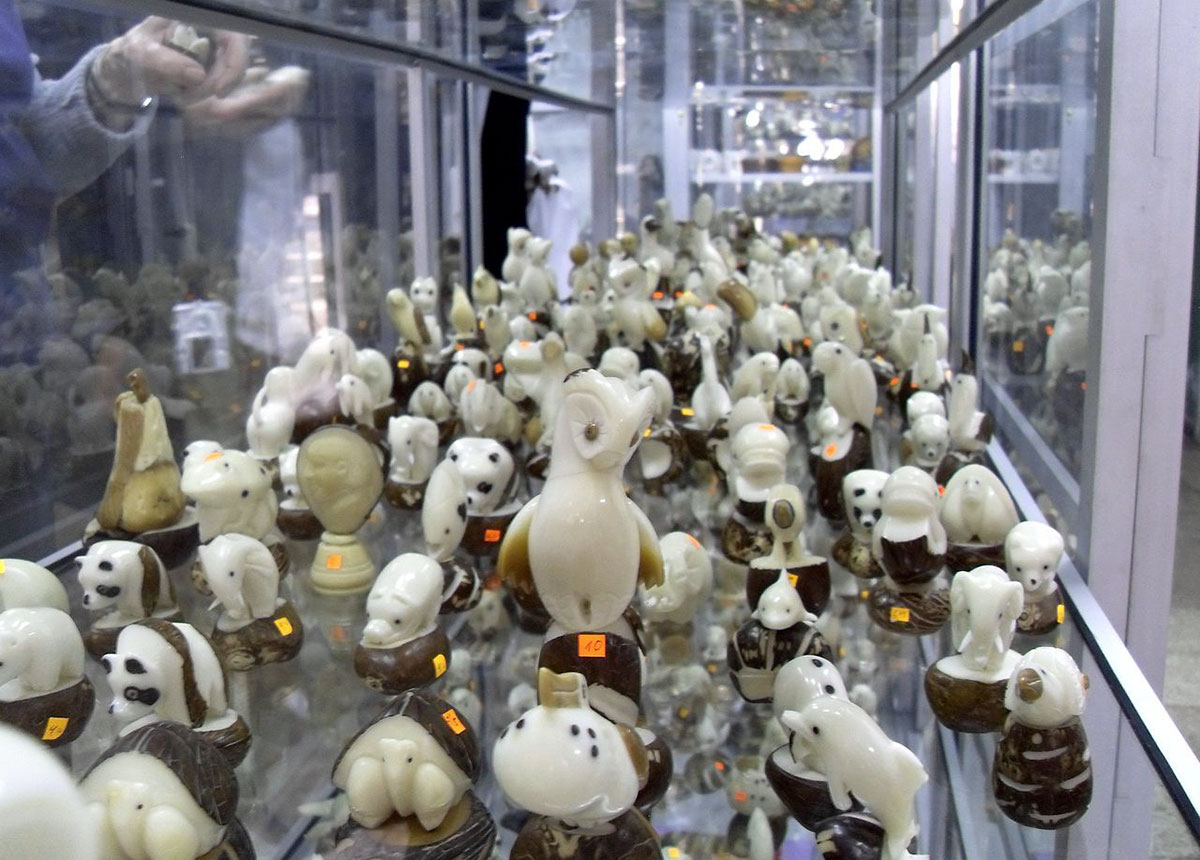

Action
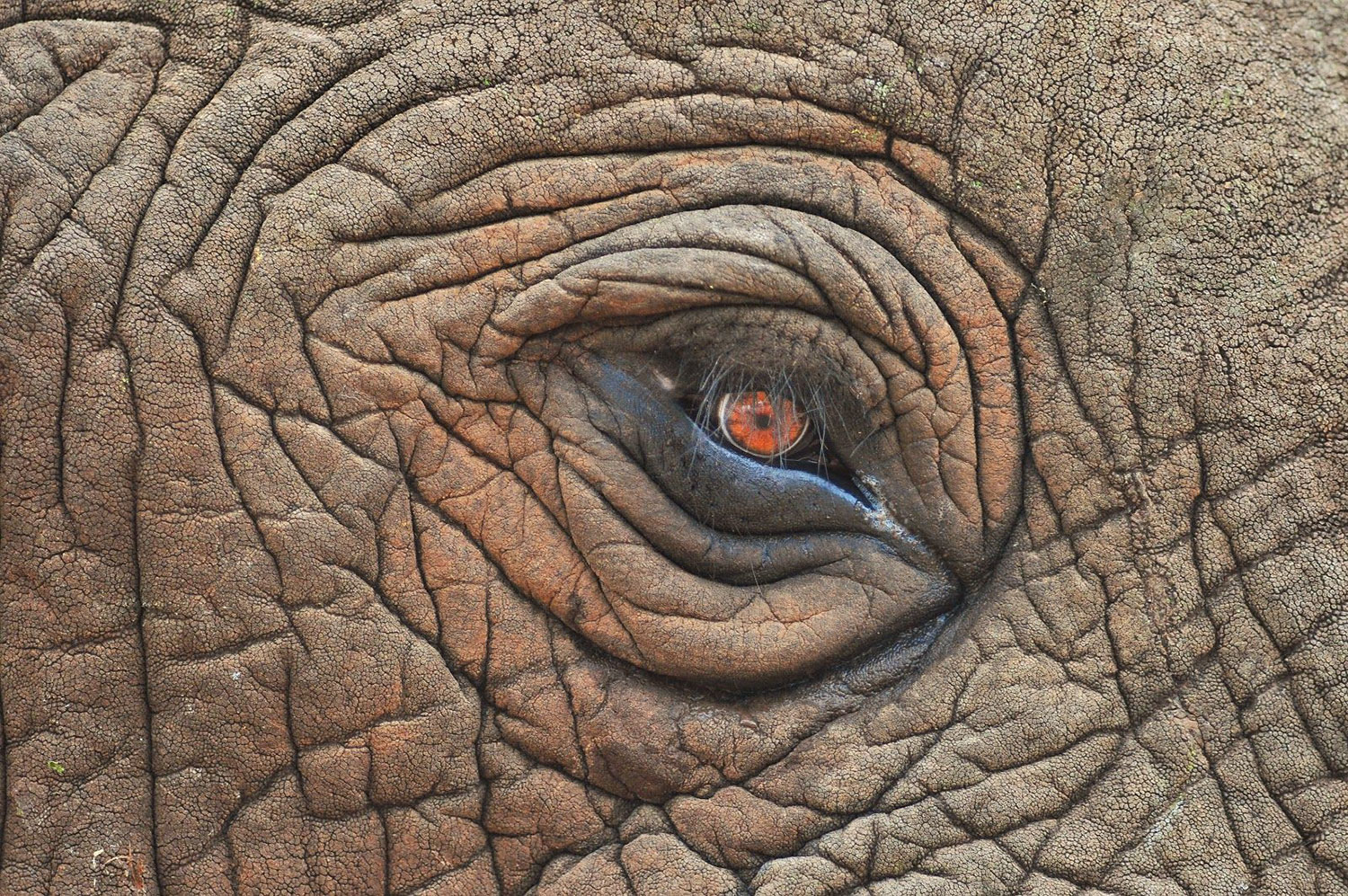
The African rhino/elephant poaching crisis has reached a critical stage. Wildlife experts agree that if poaching continues at the current rate, wild rhinos and elephants in Africa will become extinct in the next 15 years. Immediate action must be taken in order to avoid this very real possibility. Not purchasing products that contain ivory or rhino horn is a start, but much more needs to be done. The most effective ways to help elephants and rhinos is by supporting organizations that are active in the fight against poaching, educating others about the dire situation, donating to elephant and rhino sanctuaries, and demanding that governments enact laws to protect them. These steps must be taken now.
Wildlife experts agree that if poaching continues at the current rate, wild rhinos and elephants in Africa will become extinct in the next 15 years
Support Rhino and Elephant Conservation Organizations

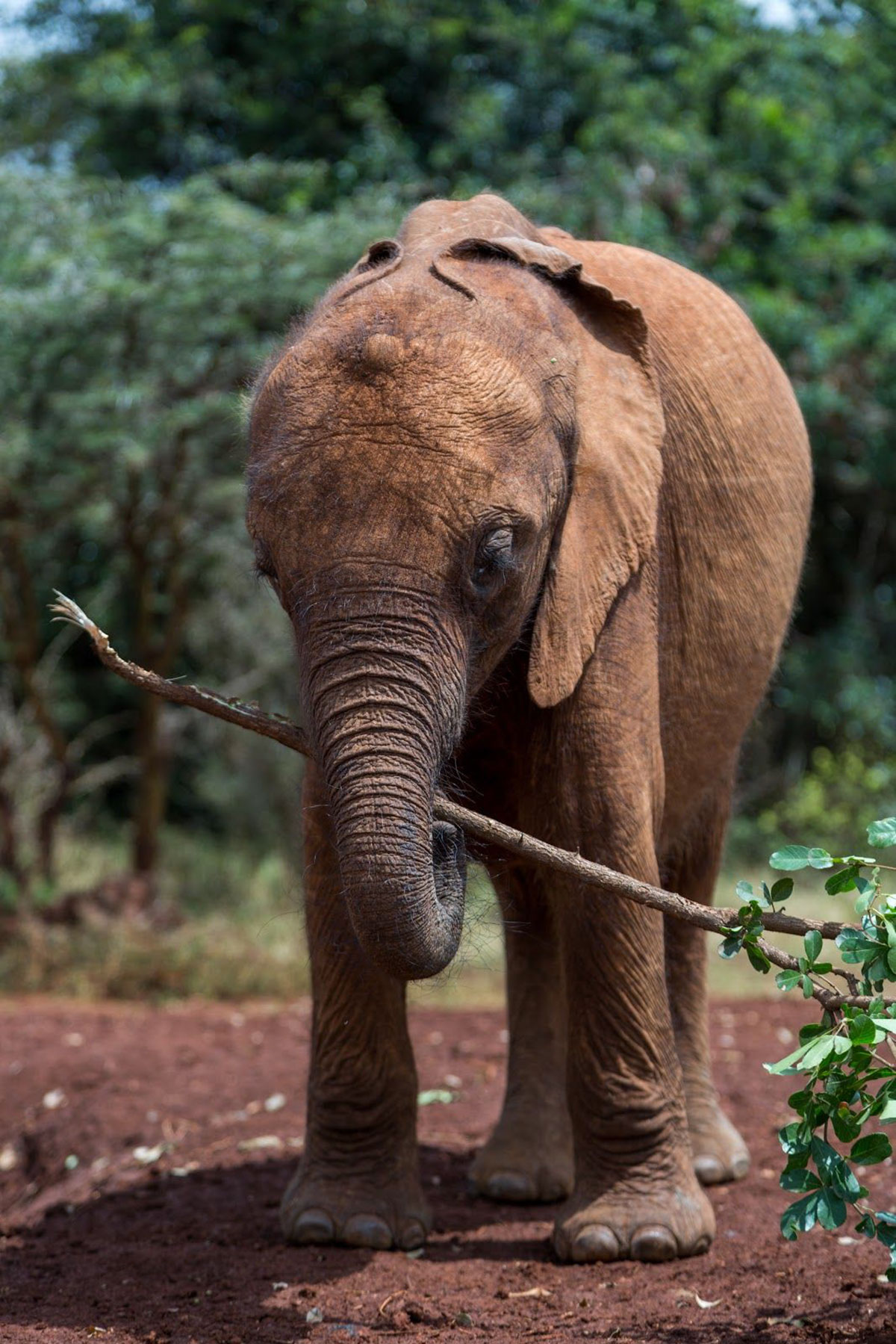
The best way to help African elephants and rhinos is to donate to organizations that are working tirelessly to end poaching and to give financial support to the sanctuaries that are protecting and caring for them.
The Elephant Crisis Fund
The Elephant Crisis Fund (ECF) is a joint initiative between Save the Elephants and the Wildlife Conservation Network that works with elephant and wildlife conservation groups throughout Africa and the rest of the world. ECF efficiently facilitates and funds effective elephant-saving projects in critical poaching hotspots at a moments notice, many times within 24 hours. From supplying fuel for a small plane that will provide aerial surveillance over an elephant herd in Kenya, to anti‐ivory campaigns in China, the Elephant Crisis Fund identifies and supports the most critical initiatives that can save elephants. Since 2013, EFC has funded over 100 projects across 23 countries and has worked with nearly 60 organizations. One hundred percent of all money donated to the Elephant Crisis Fund goes directly to supplying and carrying out the programs.
Save the Elephants
Save the Elephants works to sustain African elephant populations and preserve the habitat where they are found, while educating both local African people and others worldwide about the African elephant’s fragile existence. Save The Elephants is on the cutting edge of combating ivory poaching, helping other conservation organizations out-maneuver traffickers and helping wildlife sanctuaries protect their populations from poachers. Save the Elephants provides scientific data and cutting-edge technological advancement into elephant behavior, intelligence, and long-distance movement and applies both to the long-term goal of elephant conservation and ending the ivory trade.
Wildlife Conservation Network
The Wildlife Conservation Network (WCN) is a United States-based organization that partners with conservation organizations, developing community-based African projects that help preserve African rhinos, elephants and other wildlife. WCN has partnered with Save the Elephants and The Leonardo DiCaprio Foundation in creating the Elephant Crisis Fund, an organization that identifies and supports the most urgent projects that address poaching, ivory trafficking and demand for ivory. 100% of the Elephant Crisis Fund’s money is used for on-the-ground conservation actions.
The David Sheldrick Wildlife Trust
The David Sheldrick Wildlife Trust is a Kenyan wildlife charity founded in 1977 by Dr. Dame Daphne Sheldrick in memory of her late husband, David Sheldrick. It both assists the Kenya Wildlife Service and administers the DSWT Orphans’ Project, which has achieved worldwide acclaim through its highly successful elephant and rhino rescue and rehabilitation program. DSWT has successfully hand-raised over 150 infant elephants and reintegrated them along with other elephant orphans back into the wild herds of Kenya.
Save the Rhino
Save the Rhino International, based in the UK, is Europe’s largest rhino charity, generating more funds and grants than any other rhino organization. Save the Rhino began fundraising for rhino conservation projects in 1992 and has played a significant role in educating millions worldwide about the plight of the African rhino. A main tenet of Save the Rhino’s philosophy is that the future of the African rhino is inextricably linked to the human communities that share its habitat. By educating local villagers and funding countless field projects that protect rhinos from poachers, Save the Rhino delivers long-lasting and widespread benefits to rhinos and other endangered species, the ecosystems they live in, and the people living alongside them. Save the Rhino has arguably the largest public profile of any rhino charity in the world.
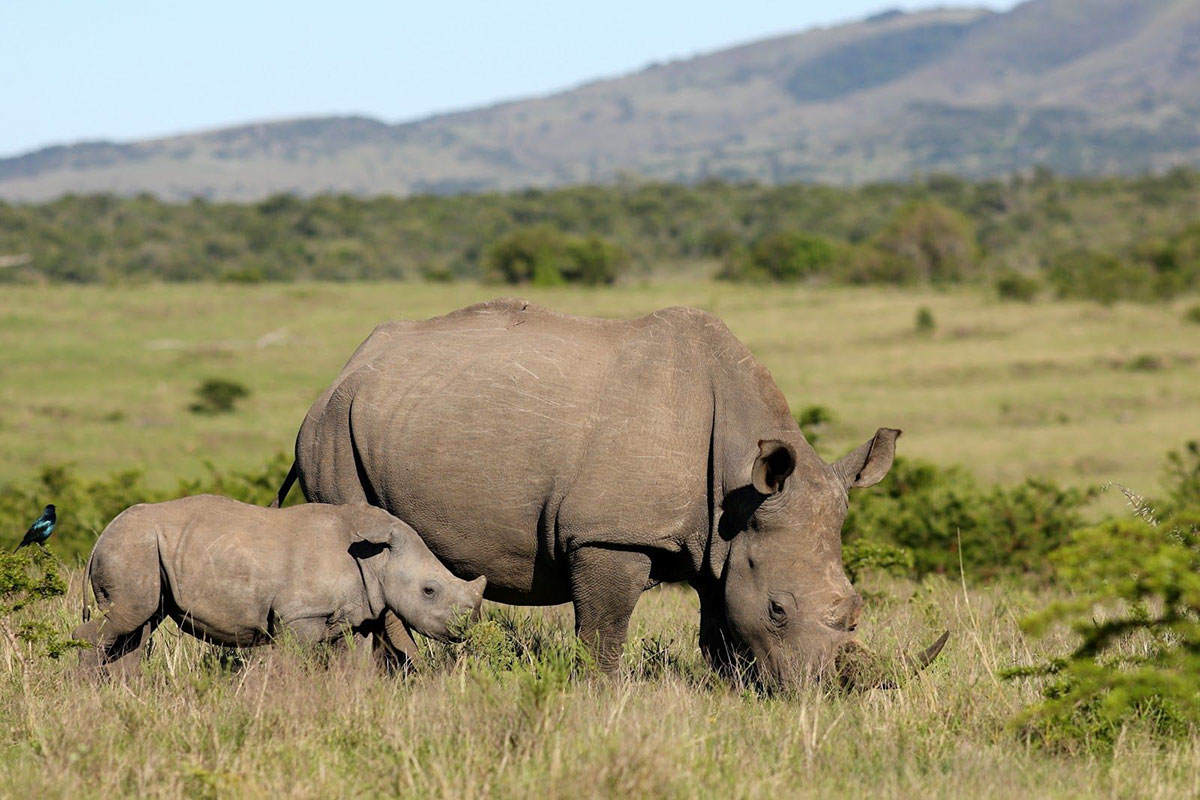
African Wildlife Foundation
African Wildlife Foundation (AWF) has created numerous programs and conservation strategies designed to protect the African elephant and rhino and other indigenous wildlife while ensuring a more sustainable future for Africa’s people. AWF promotes conservation enterprises that benefit local African communities and has trained hundreds of African nationals in conservation techniques to ensure the survival of Africa’s wildlife.
WildAid
WildAid works to end the African rhino and elephant poaching crisis by attempting to reduce Asian consumption of rhino horn and elephant ivory products. Through an impressive force of celebrity ambassadors, WildAid secures $200 million in free media coverage every year. Their public awareness advertising reaches up to 1 billion people weekly. The WildAid slogan is: When the Buying Stops, the Killing Can Too.
The International Federation of Animal Welfare
The International Federation of Animal Welfare (IFAW) has created an innovative new program called tenBoma with the Kenya Wildlife Service. The tenBoma project includes a wildlife crime intelligence fusion center that processes community anti-poaching tips and efforts with high-tech data analysis and enhanced national security operations to stop elephant and rhino poachers. The name tenBoma comes from an existing Kenyan community policing philosophy called ‘Ten Houses’ in Swahili.
Online Shopping and Product Donations

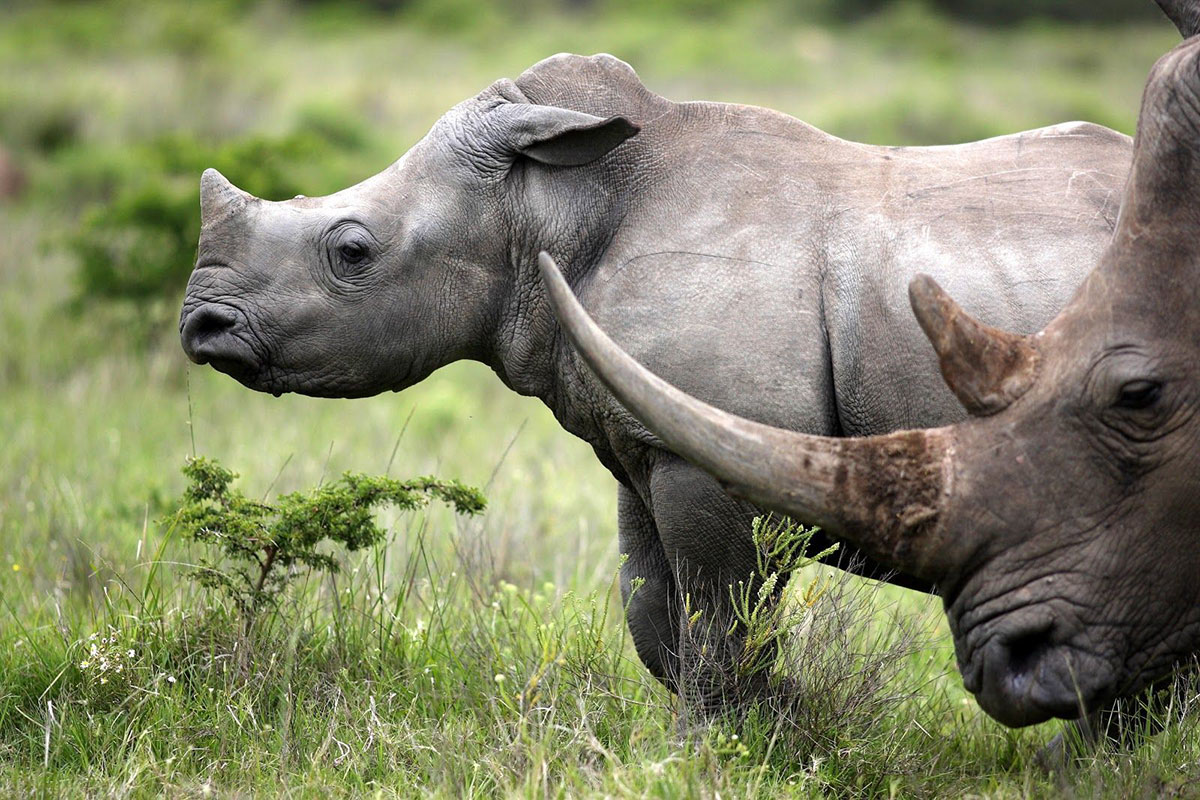
You can easily turn your everyday shopping habits into an effective means to help combat the African poaching crisis. Many online shopping sites allow shoppers to automatically give a donation to a charity of their choice whenever they make a purchase, at no additional cost. When you shop using iGive or Amazon Smile, a portion of each sale automatically gets donated. You can choose organizations like African Wildlife Foundation or WildAid, who are actively working to save African elephants and rhinos.
Many online shopping sites allow shoppers to automatically give a donation to a charity of their choice whenever they make a purchase, at no additional cost
Many products are also donating a percentage of their sales to help elephants and rhinos. Endangered Species Chocolate supports the African Wildlife Foundation through its 10% GiveBack program. Since 2013, this program has generated more than $1 million to support conservation programs worldwide and has played a critical role in African Wildlife Foundation’s programs aimed at ending the rhino and elephant poaching crisis in Africa. Sharp Shirter donates a full 20% of any purchase from their Shop the Cause section. Ivory Ella donates 10% of their net sales to Save the Elephants.
Support #knotonmyplanet

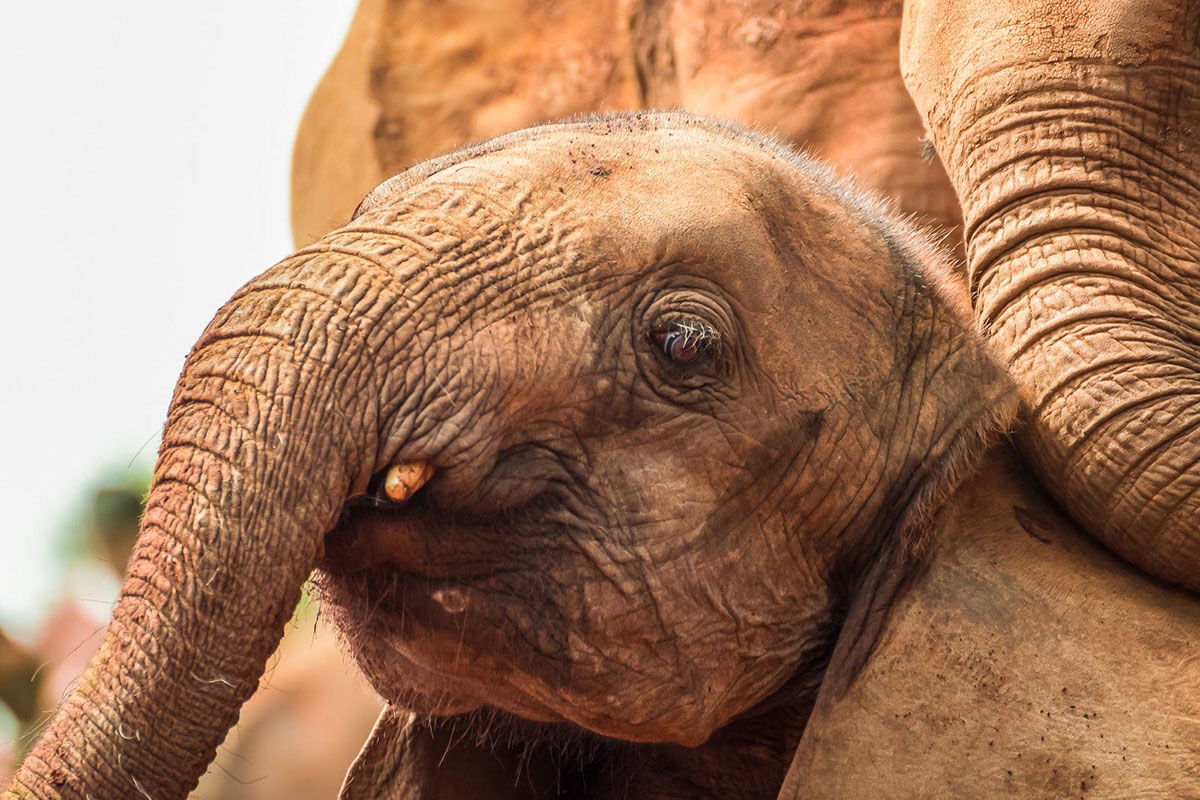
Supermodel Doutzen Kroes and David Bonnouvrier, owner of DNA Model Management, launched #knotonmyplanet in September of 2016, an elephant awareness campaign that has already raised over 8.65 million dollars for the Elephant Crisis Fund. The campaign is bringing together the enormous resources and influence of the fashion industry, and has enlisted some of its biggest names, including the famous supermodel trinity: Linda Evangelista, Naomi Campbell and Christy Turlington. The #knotonmyplanet ads feature supermodels posing with their clothing tied into a knot, the universal symbol for memory, which invokes the famous adage “elephants never forget.”
Support the “Disunity – Poaching Isn’t Black and White” Indiegogo Campaign

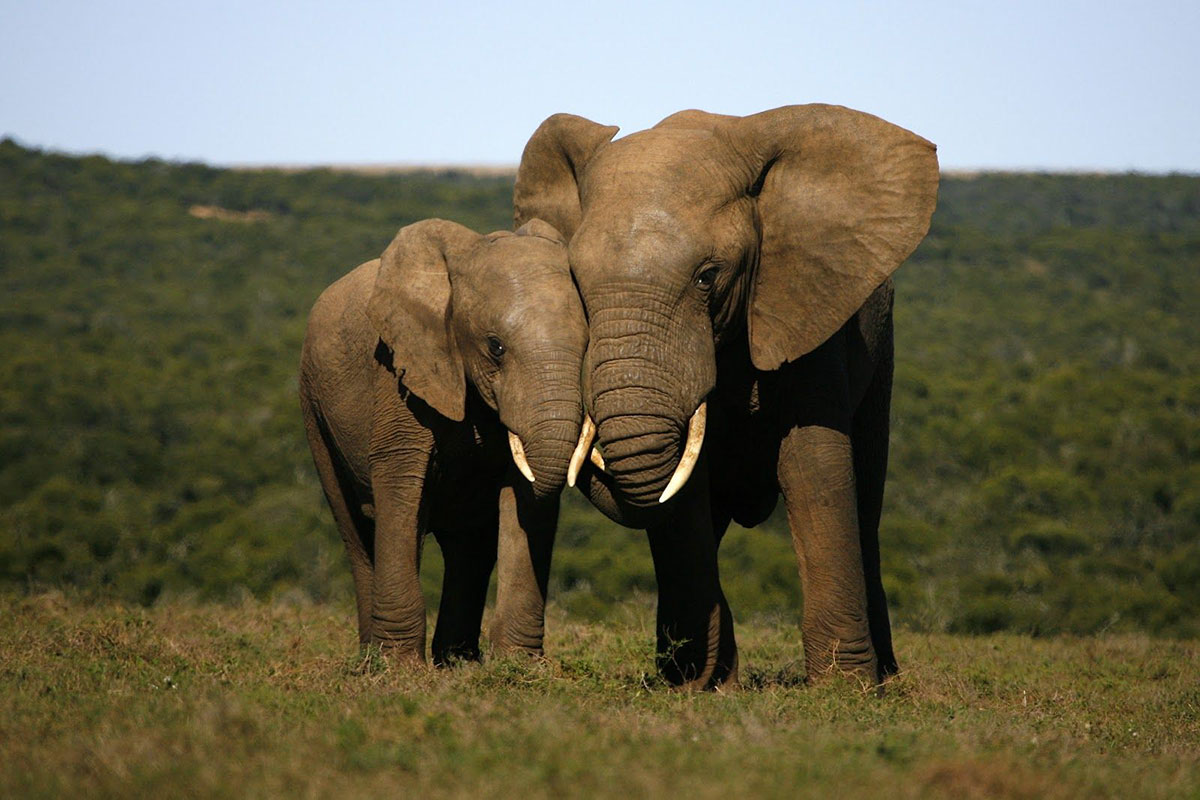
A feature documentary about the rhino horn trade and the disunity in the fight to save the rhinos, this feature length documentary will examine the disagreements and conflict with those involved in protecting rhinos in their range states across the world. Filmed in just under 20 countries, Disunity will be offering its viewers an inside look into the complexity of life for people who live with the daily struggle of protecting the rhino. The documentary will also examine the role poverty plays in the rural communities from which the majority of poachers originate. Visit the Indiegogo campaign page to help fund this film.
Educate Friends, Family and Your Community About the Poaching Crisis in Africa

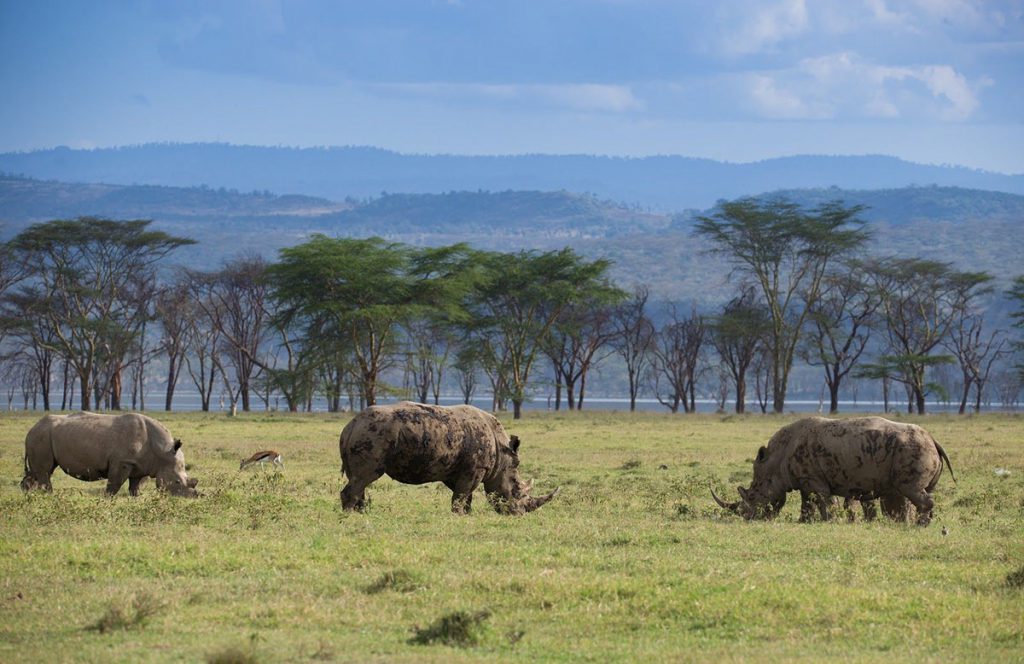
The importance of educating your friends and family about the African poaching crisis cannot be overstated. If enough people put pressure on worldwide governments to enact and enforce tough laws against poaching and products containing ivory and rhino horn, elephants and rhinos will be saved from extinction. Take time to show your friends and family videos and documentaries on the subject and encourage them to join other animal activists in standing up and being a voice for elephants and rhinos. The African Wildlife Foundation website has a fantastic page devoted to ways you can help end rhino and elephant poaching in Africa.
Take time to show your friends and family videos and documentaries on the subject and encourage them to join other animal activists in standing up and being a voice for elephants and rhinos
Post Information on Facebook and Other Social Media Sites

Most elephant and rhino advocacy organizations, including Wildlife Conservation Network, African Wildlife Foundation, WildAid, Save the Elephants, and Save the Rhinos have Facebook and Twitter accounts with pages devoted to the poaching crisis in Africa. Follow their pages and share photos and posts with your friends and family, keeping them up to date on African wildlife animal advocacy news and issues.
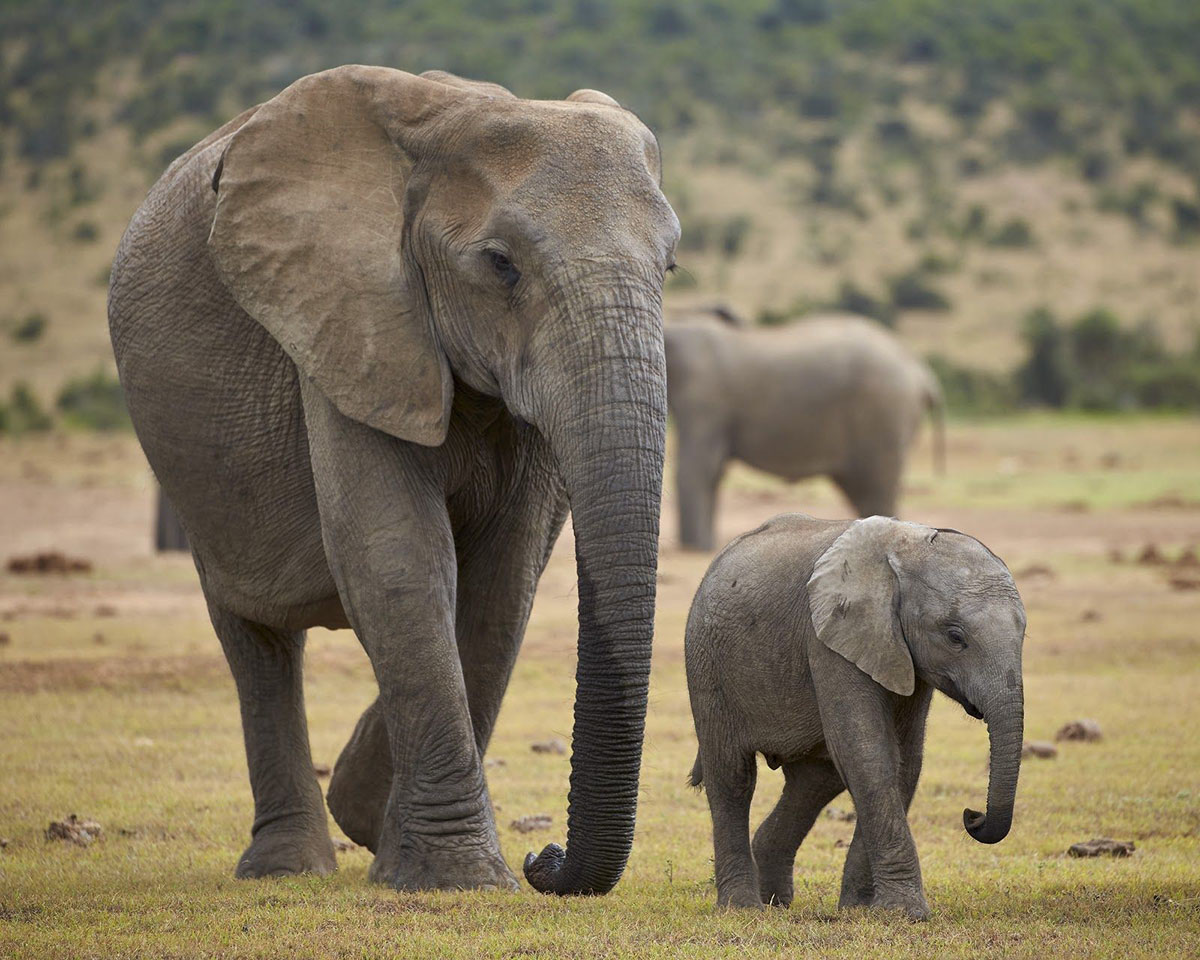

Facts
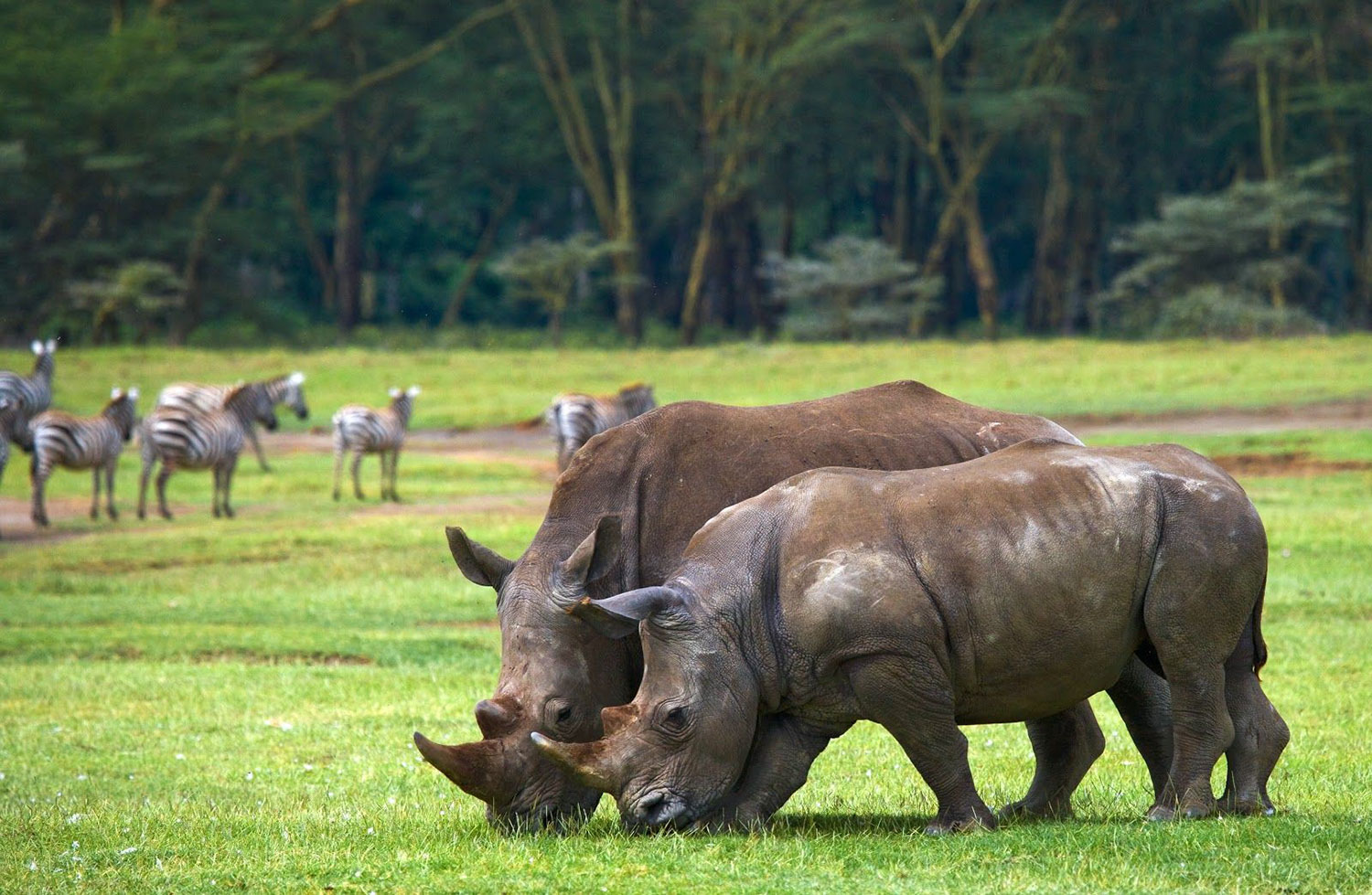
The Wildlife Conservation Society (WCS) estimates that the global ivory trade leads to the slaughter of up to 20,000 African elephants a year. Every 15 minutes an elephant is killed for its tusks. In the early 1940’s, approximately 4 million elephants roamed throughout Africa. Today, as few as 415,000 remain.
Elephants are the largest land animal on Earth. Their massive tusks have a variety of uses including digging, foraging, stripping bark and moving things. They are also formidable weapons used against predators. Scientific evidence suggests that elephants normally prefer one tusk over the other, similar to humans being right- or left-handed. The preferred tusk is known as the master tusk.
Elephant ivory is made into jewelry, statuettes, piano keys, billiards balls, chopsticks, chess sets, and a wide variety of other items.
South Africa has the largest population of rhinos in the world. The number of rhinos illegally killed there each year for their horns has dramatically escalated in recent years. Rhino horn is poached mainly to be sold to Asian manufacturers for use in traditional medicine, despite it having no known scientific medical benefits. The majority of consumers of rhino horn come from Vietnam, where it is widely believed to cure conditions from hangovers to cancer.
Black, white, and Sumatran rhinos each have two horns, while Javan and Indian rhinos have only one. Like elephants with their tusks, rhinos use their horns for a variety of tasks, including maternal care, foraging, and defense of their calves and territory.
The Javan rhinoceros was once the most numerous rhino in Asia. As a result of poaching, they are now one of the rarest land animals on the planet, with only about 50 individuals remaining in the Ujung Kulon National Park on the western tip of Java.
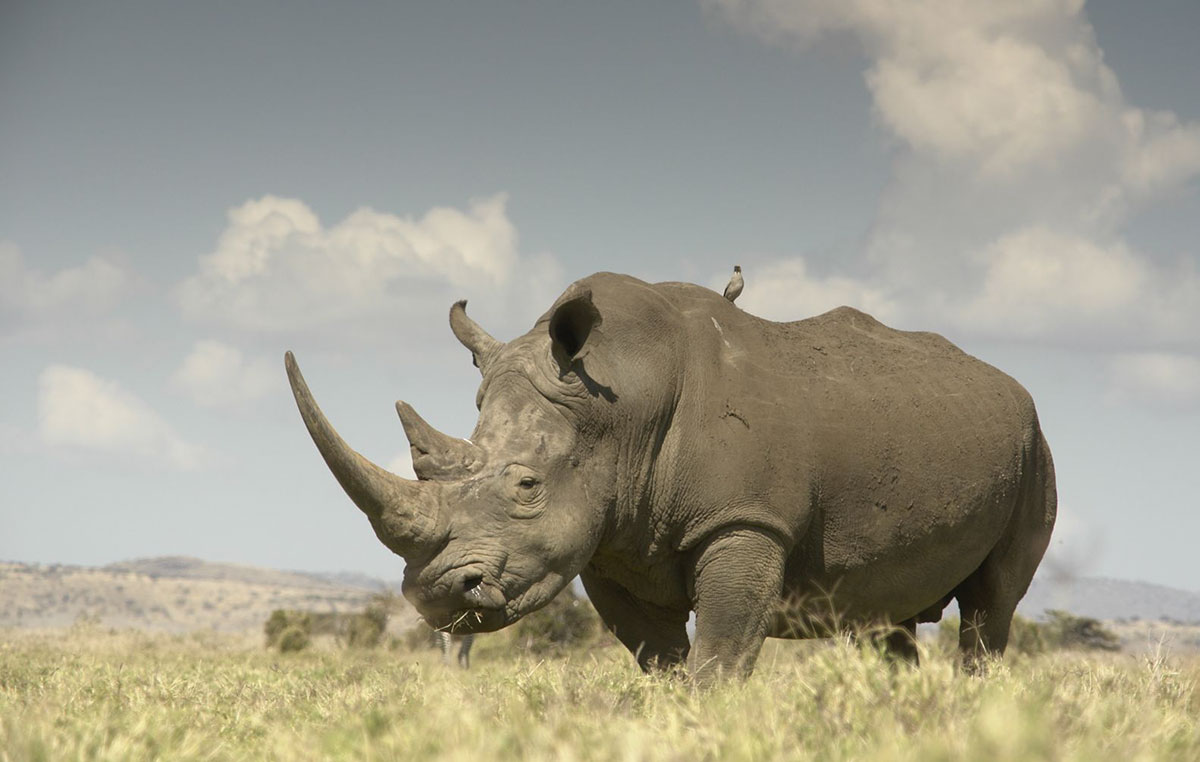

Explore
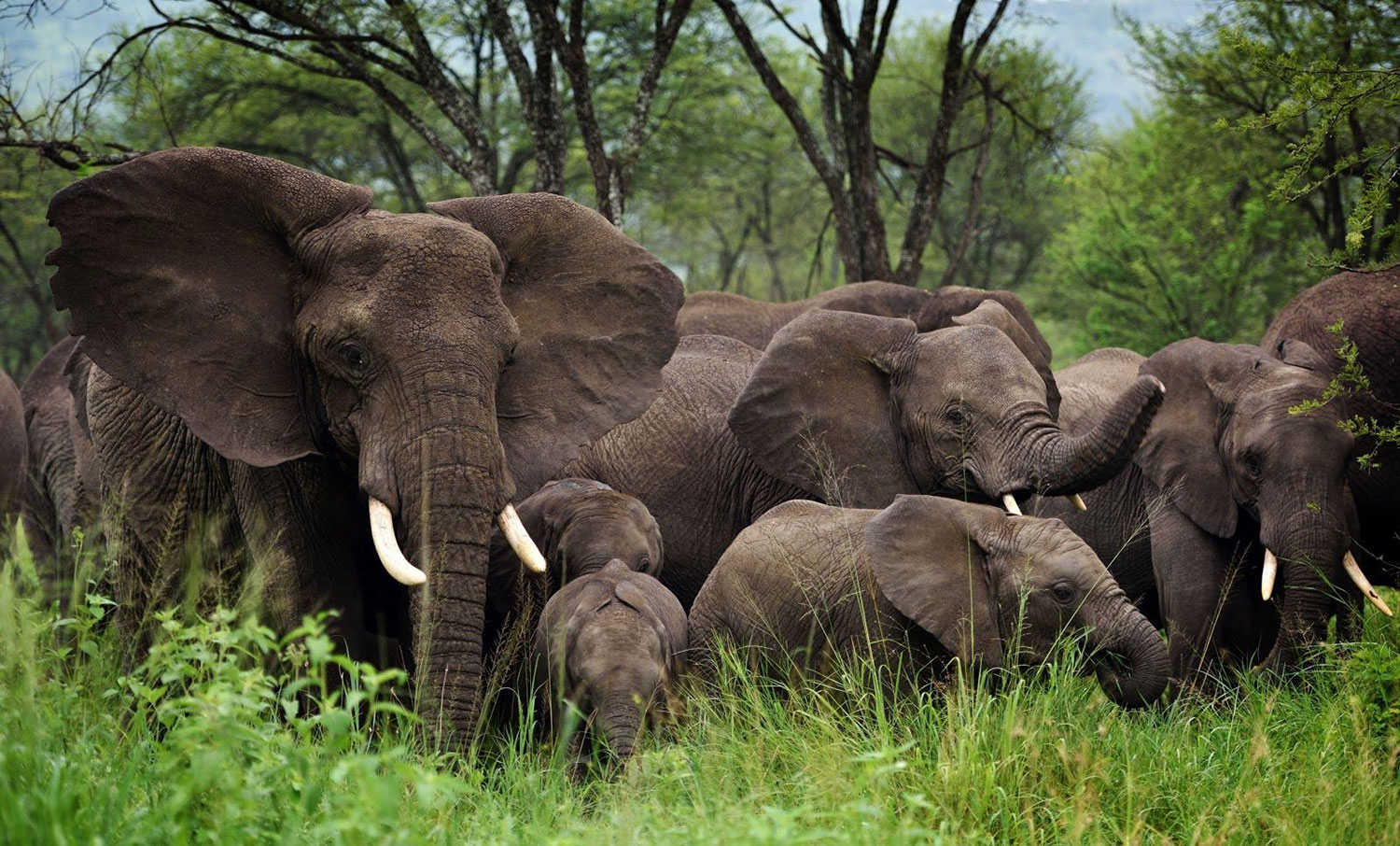
See

Explore the emotionally rich and beautiful world of elephants and rhinos through these photos and video clips, and see how similar these incredible animals are to us.
Baby Elephant Having Fun With His Trunk
This baby elephant is in the comforting presence of his mother, grandmother, siblings and other family members — which is a perfect time to be silly and experiment with his trunk.
Rhinos Make Good Friends
In this adorable footage taken at the Care For Wild Sanctuary in South Africa, a herd of rhinos befriends a group of goats, helping them reach low branches for a snack.
Elephant Families Are Just Like Ours
Elephants are very social. They are intelligent, playful, loving, and they have distinct personalities. The family unit is the fundamental fabric of elephant society. Many families contain up to four generations of elephants, and all family members help in the rearing of the young. And, just like humans, they grieve when a family member dies.
Mama Elephant Shows Off Her Baby Girl
Galana, an orphaned female elephant raised at the David Sheldrick Elephant Sanctuary, was successfully reintroduced to the wild in 2011. After giving birth to a baby girl, she returned to the sanctuary to introduce her to her human rescuers.
Bedtime at David Sheldrick Elephant Nursery
It is bedtime for this young elephant at the David Sheldrick Wildlife Trust in Nairobi.
Care For Wild Sanctuary
This video highlights the rhinos and volunteers at the Care For Wild Sanctuary in South Africa. Care for Wild lovingly rehabilitates orphaned rhinos for reintroduction back into the wild. This video shows how you can become a volunteer there.
Elephant Asks Doctors For Help
After being shot in the head by poachers, this elephant, named Pretty Boy, gently walked up to doctors to ask for first aid.
Interact

Through social media, you can connect and network with other dedicated animal activists from around the world who are committed to saving elephants and rhinos from extinction. Most of these advocacy organizations have social media pages that post news and important information on a daily basis. The links for the social media accounts of some of these groups are listed below in addition to a link to their websites. Tell your friends, family, and communities about the dire situation facing African elephants and rhinos and that, if action isn’t taken immediately, these majestic creatures will soon be extinct. Stand up and take action!
Elephant and Rhino Voices
Learn

The Save the Elephants and Save the Rhinos websites are great sources of information concerning the current African elephant and rhino poaching crisis and what is being done to end it.
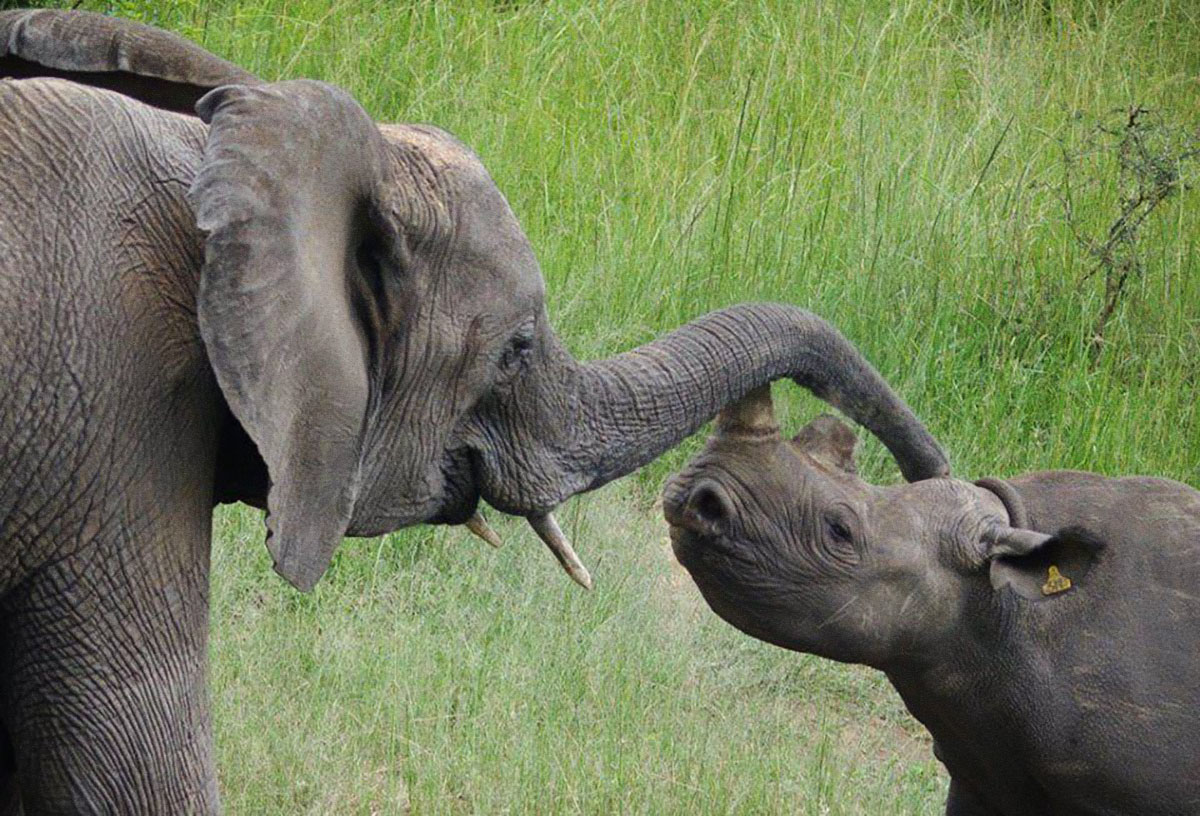
Watch

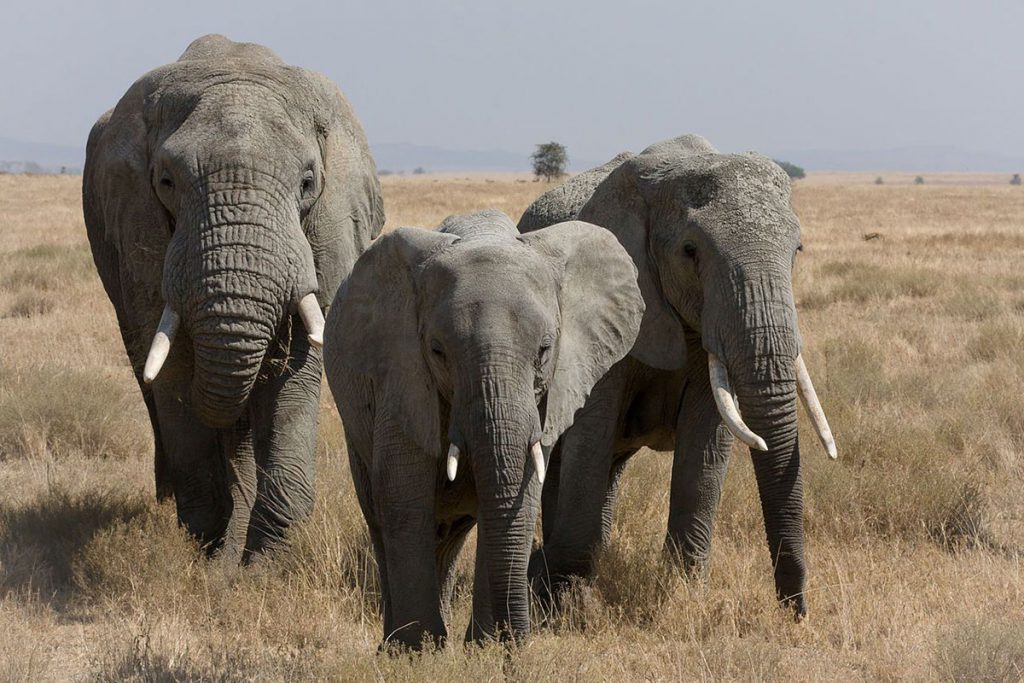
The following documentaries are great tools for anyone who wishes to dive deeper into the world of African elephants and rhinos and learn more about the impact poaching is having on their populations.
THE IVORY GAME
IVORY WARS: OUT OF AFRICA
LAST DAYS
THANDI’S CALF
VICE: ELEPHANT POACHERS IN KENYA
THE LAST RHINO
RAISING A RHINO ORPHAN
THE BLOODY PUZZLE OF RHINO POACHING
